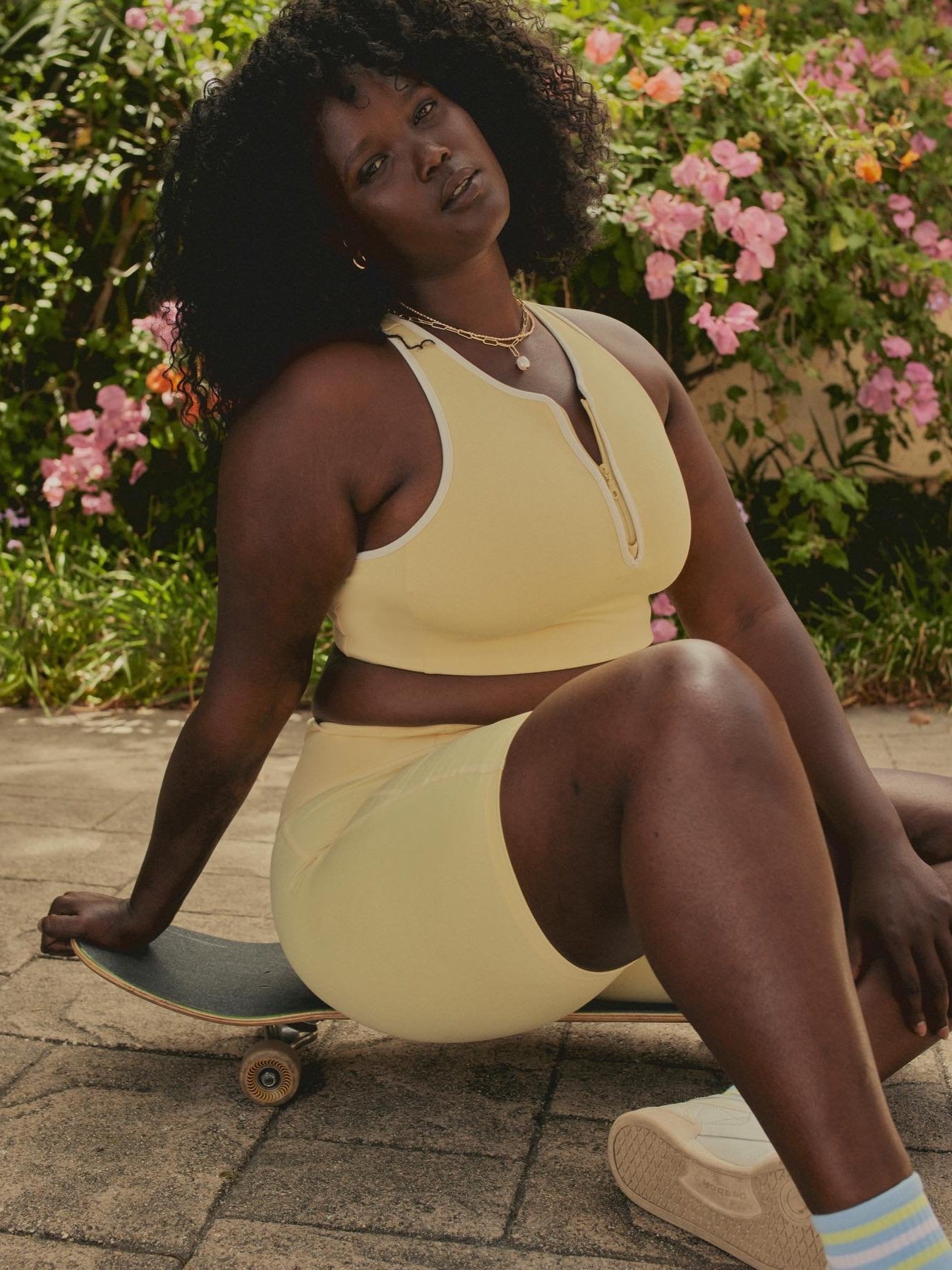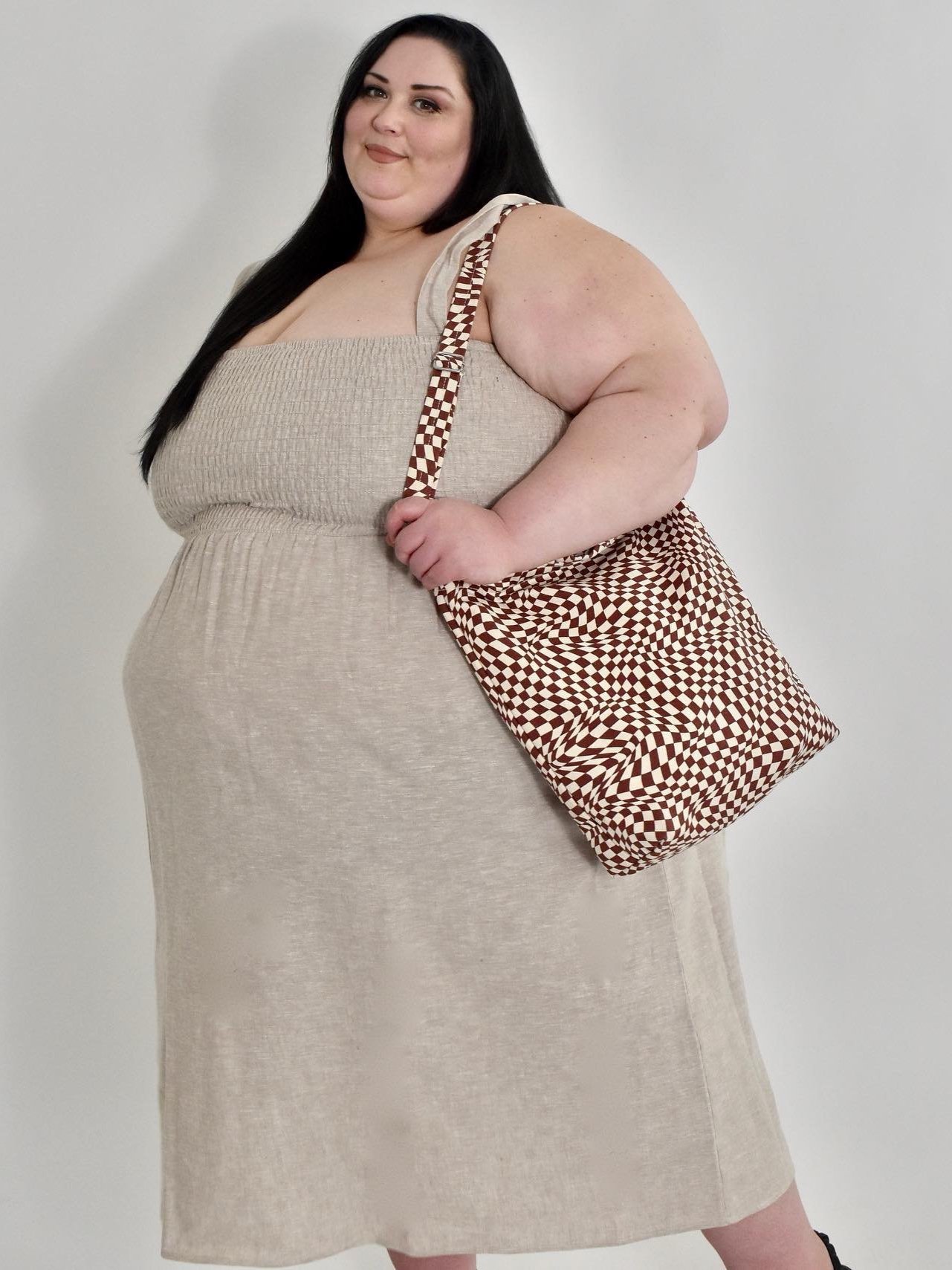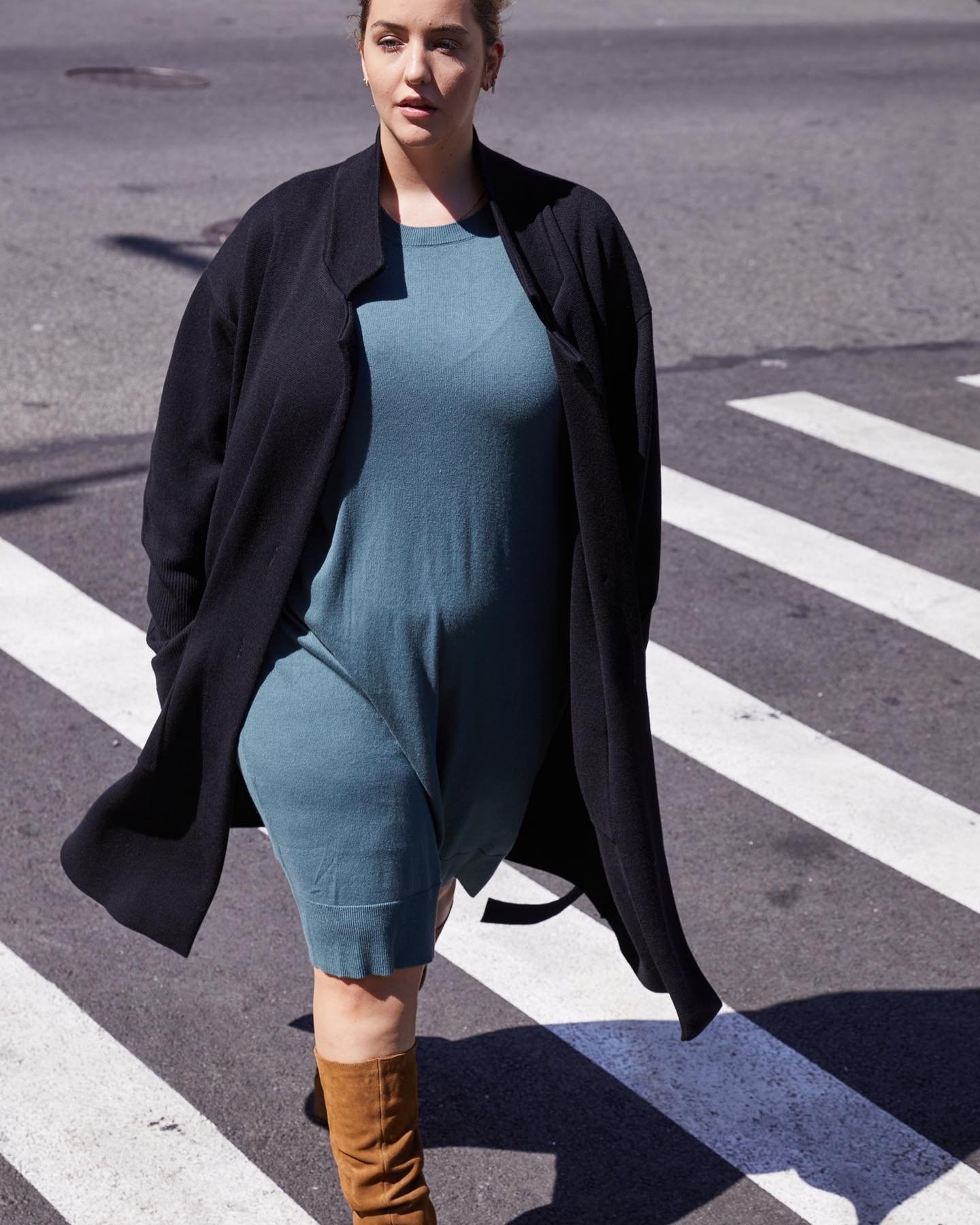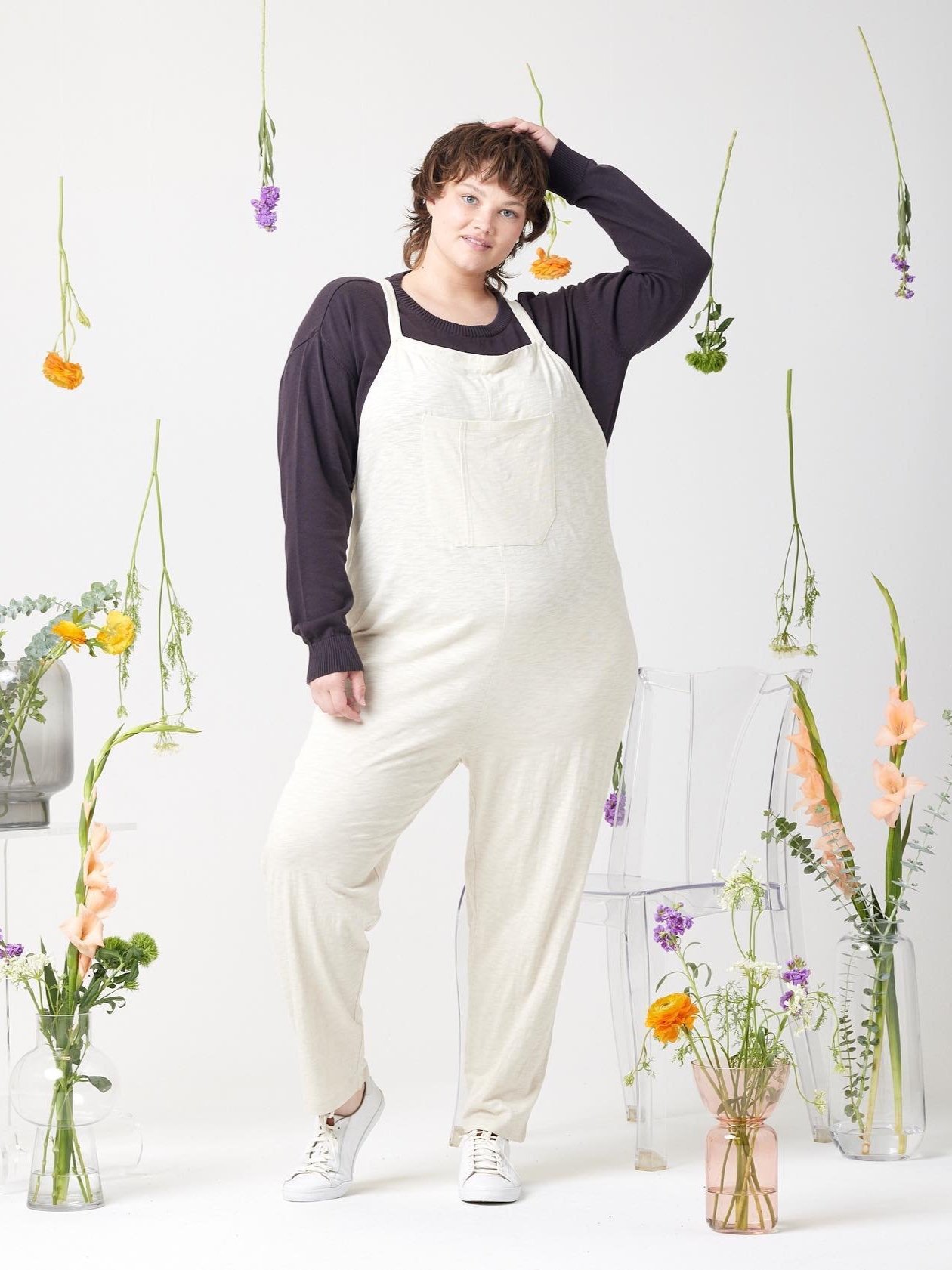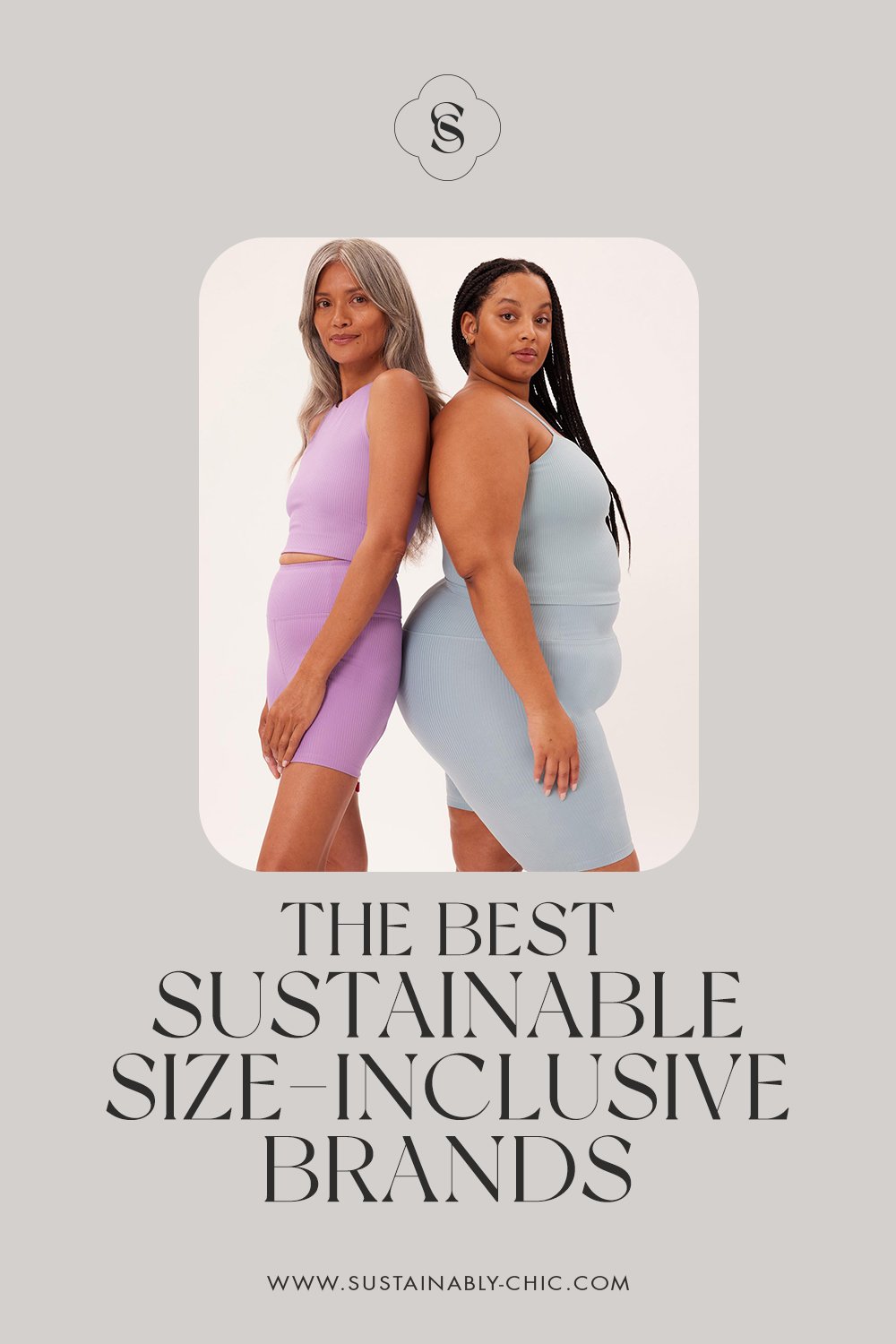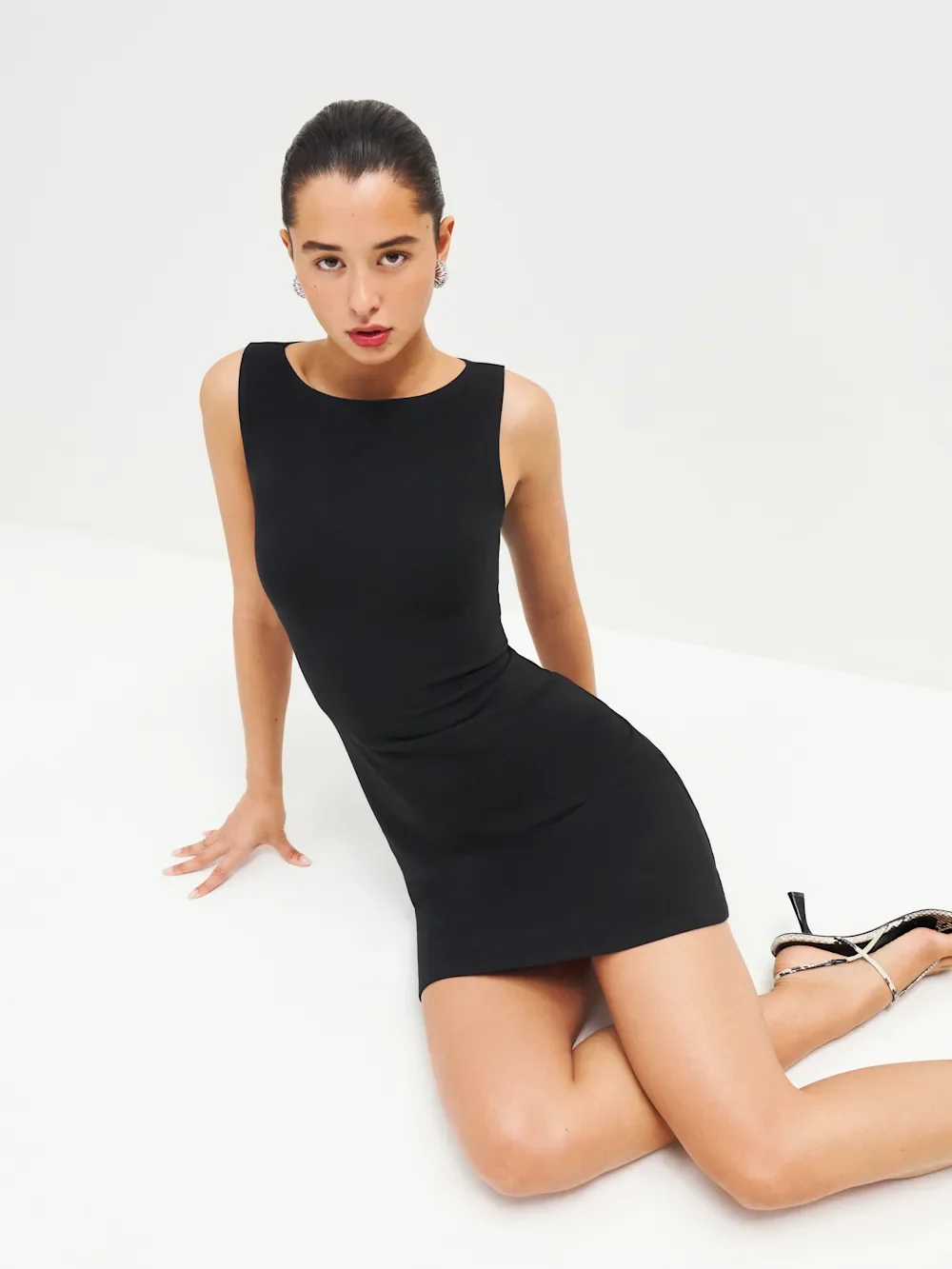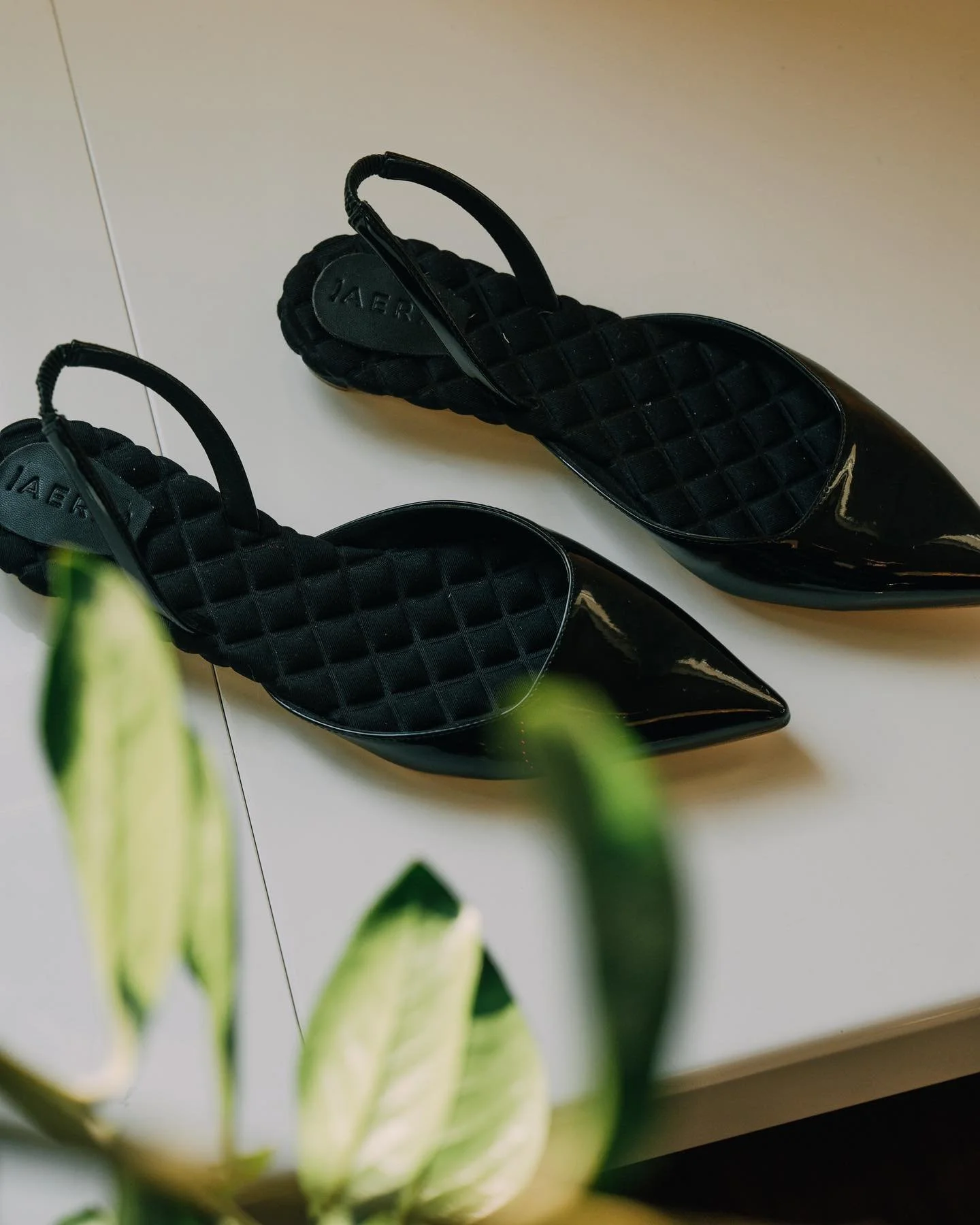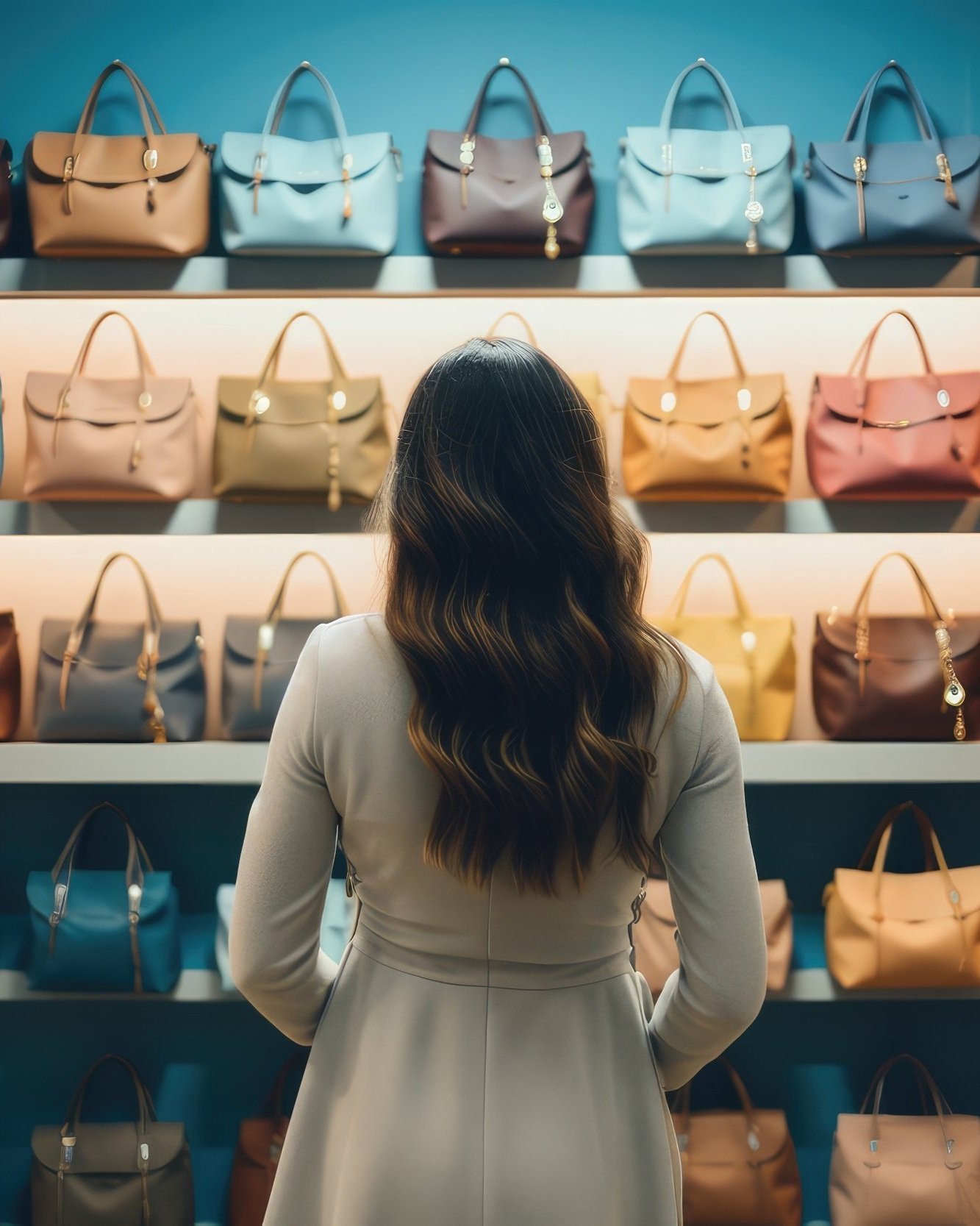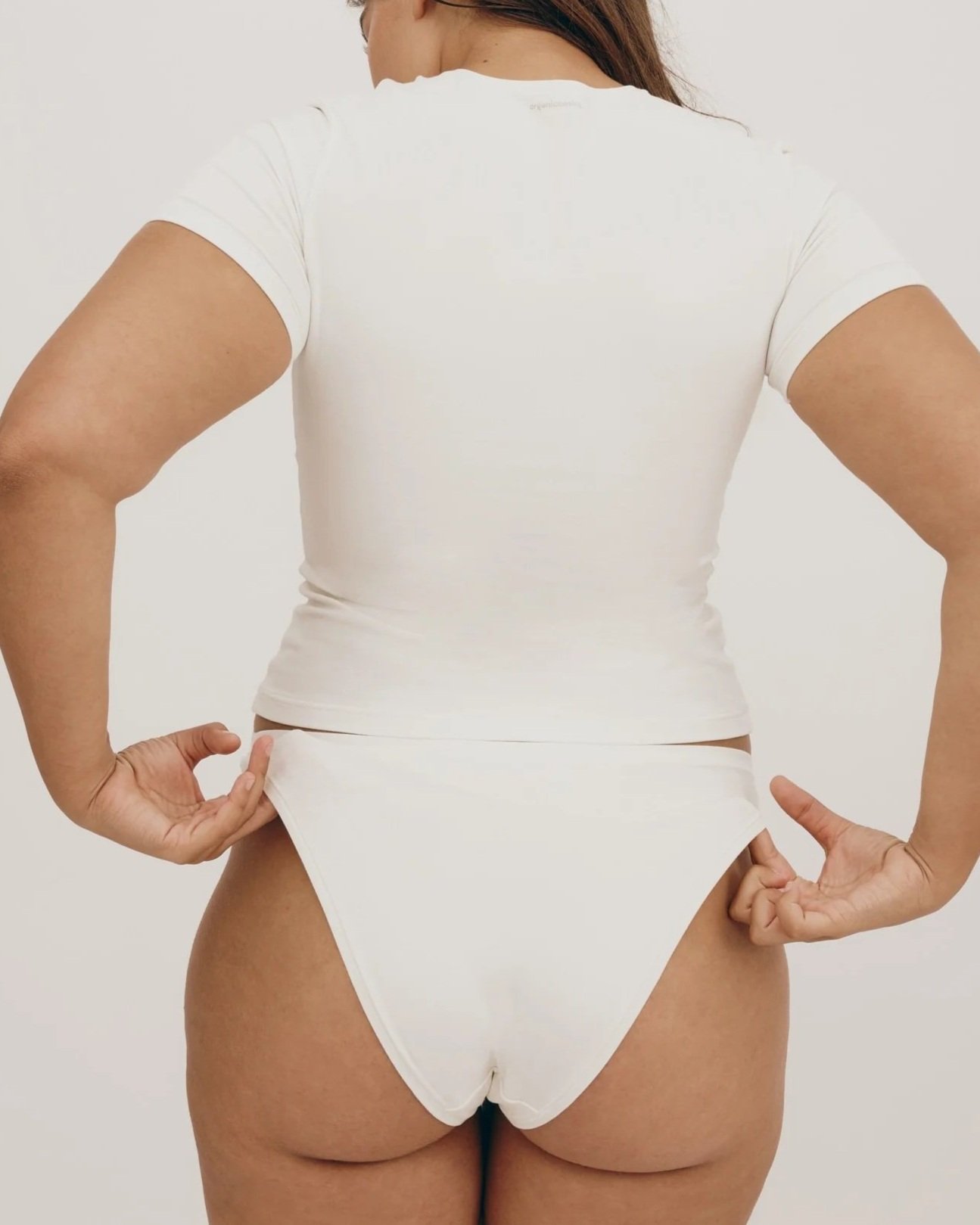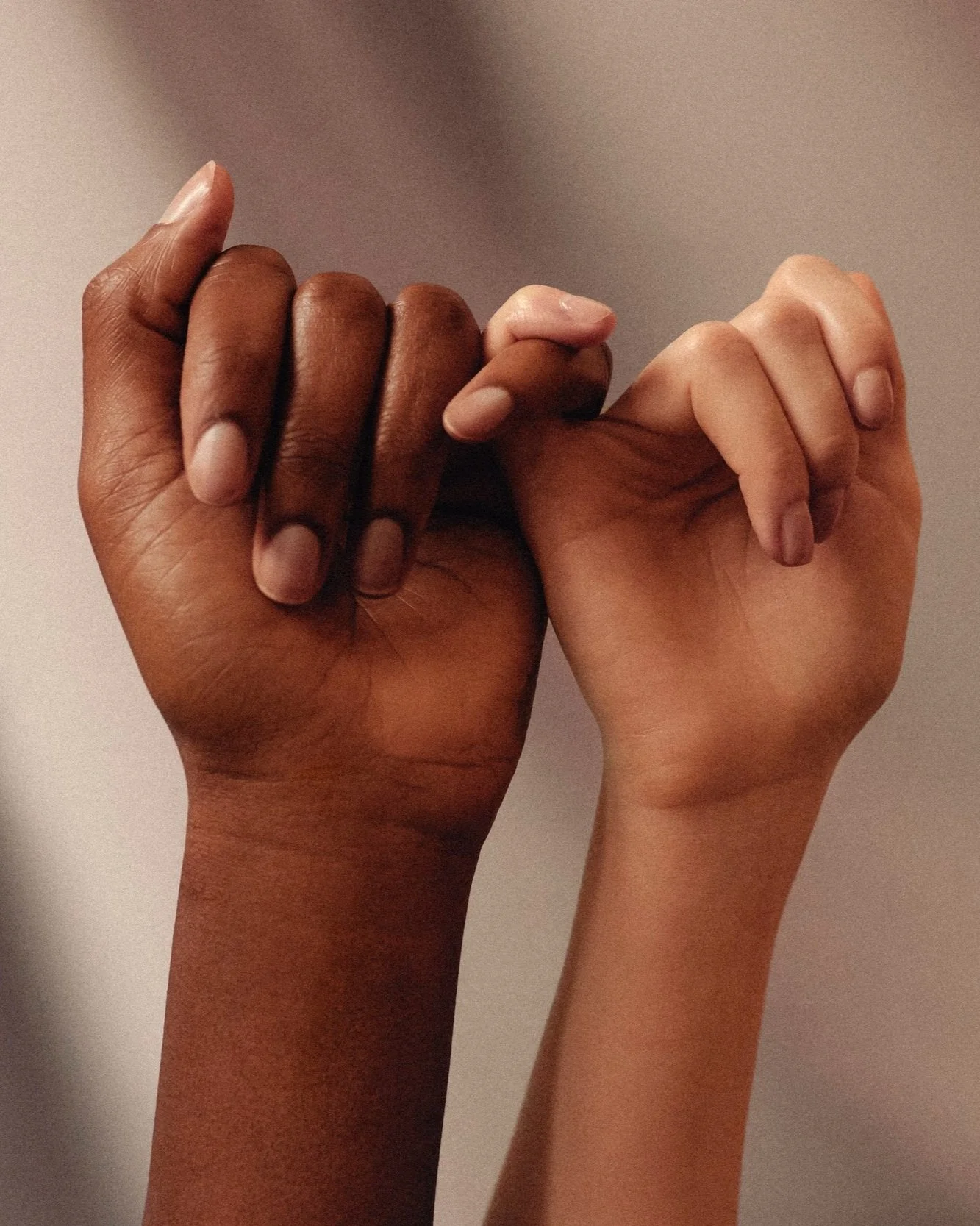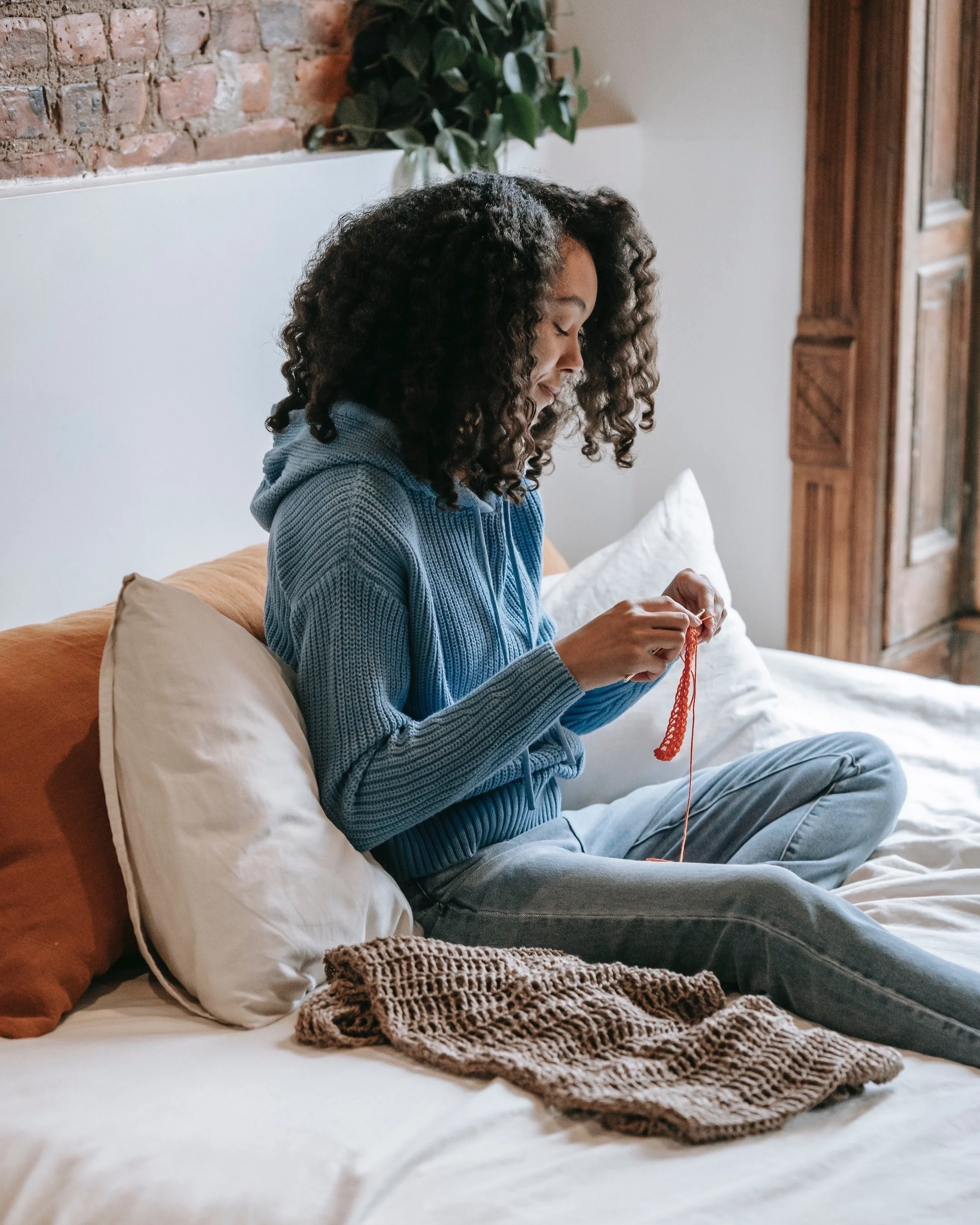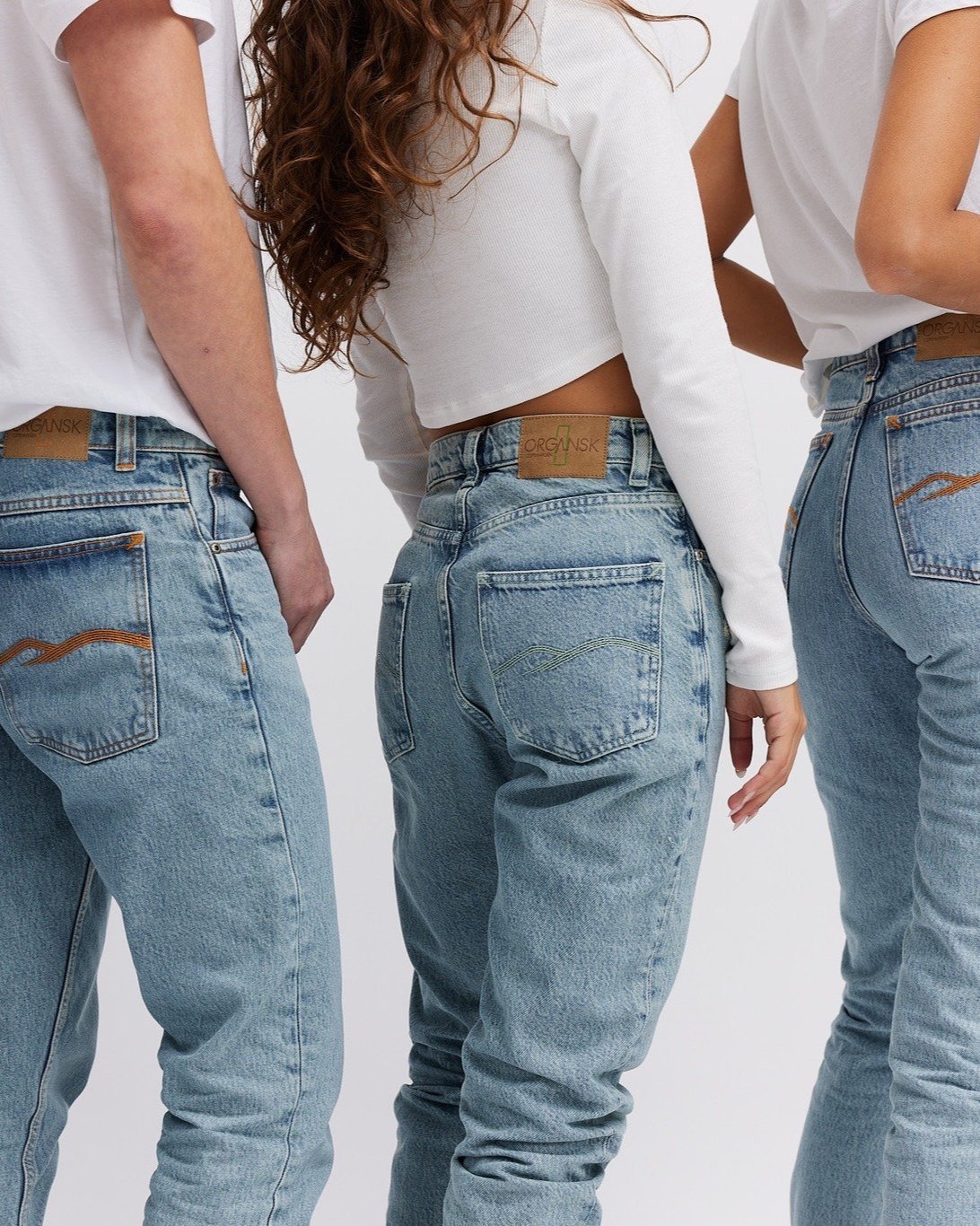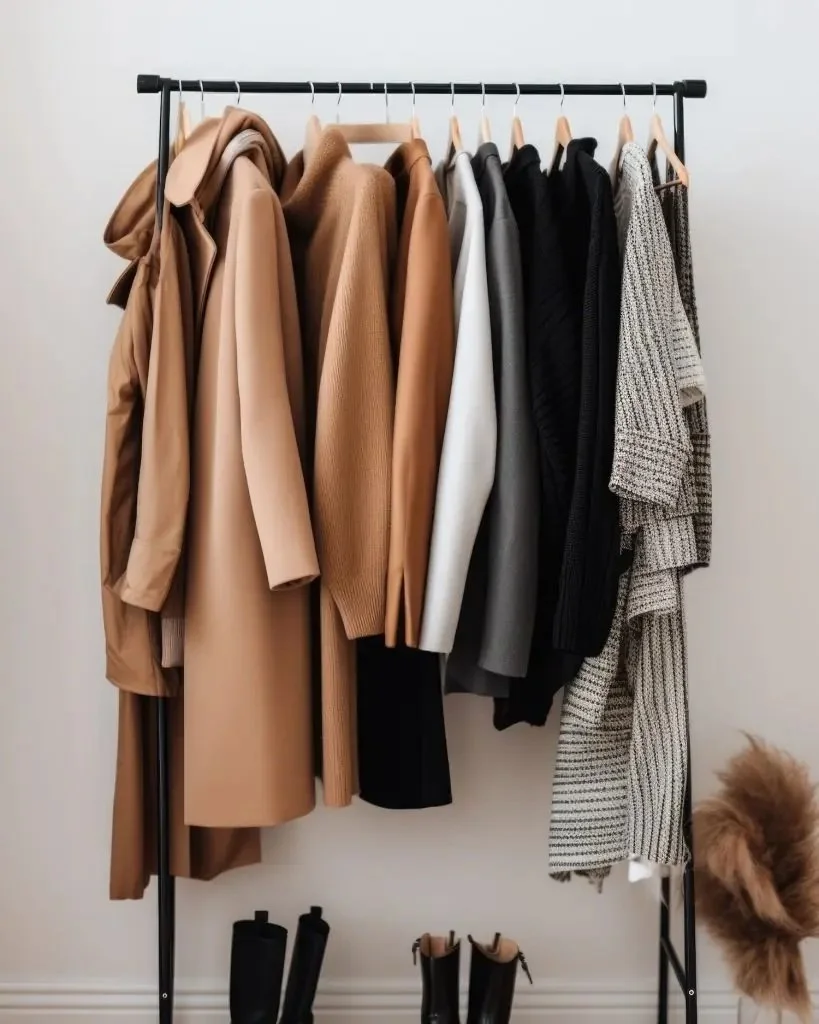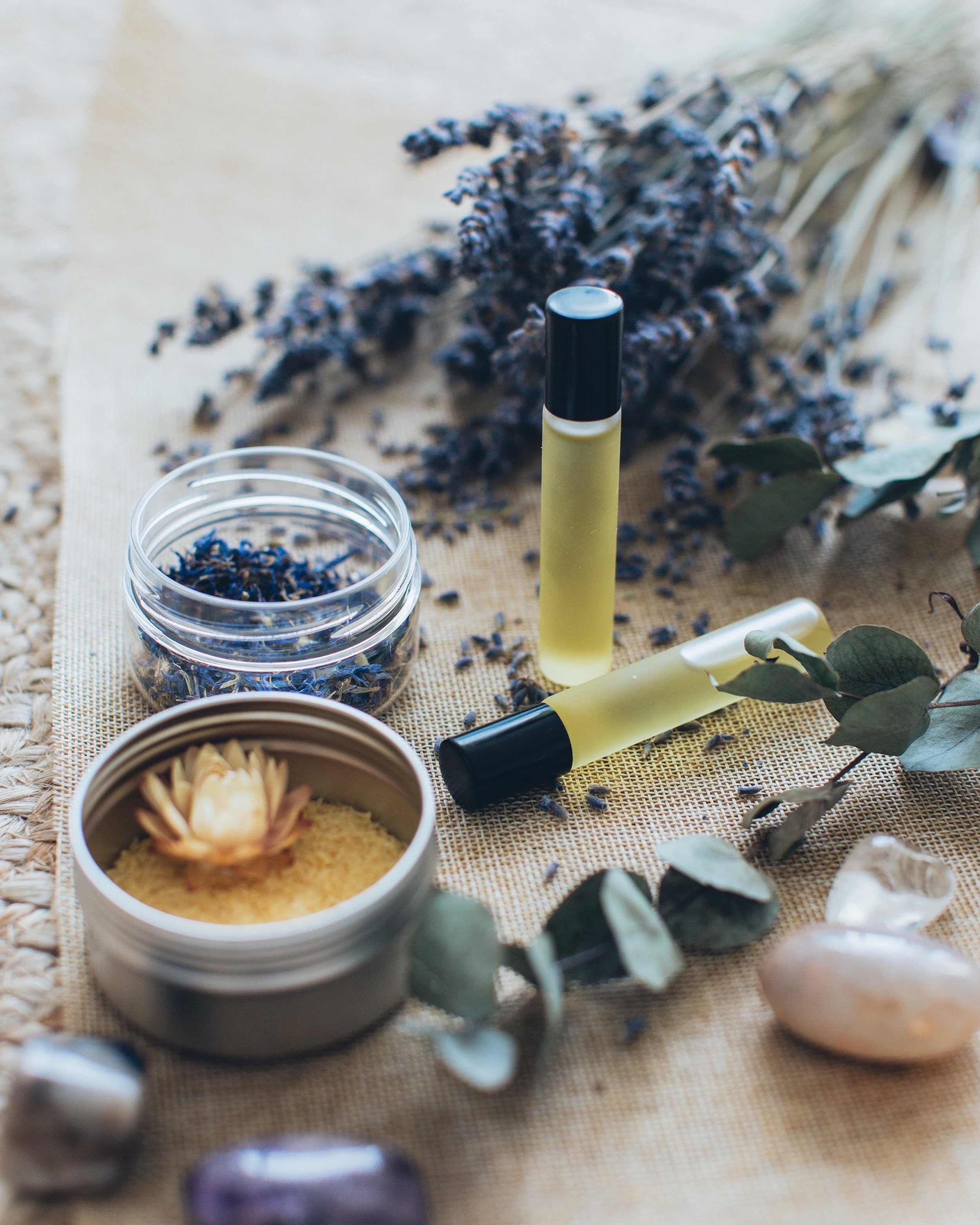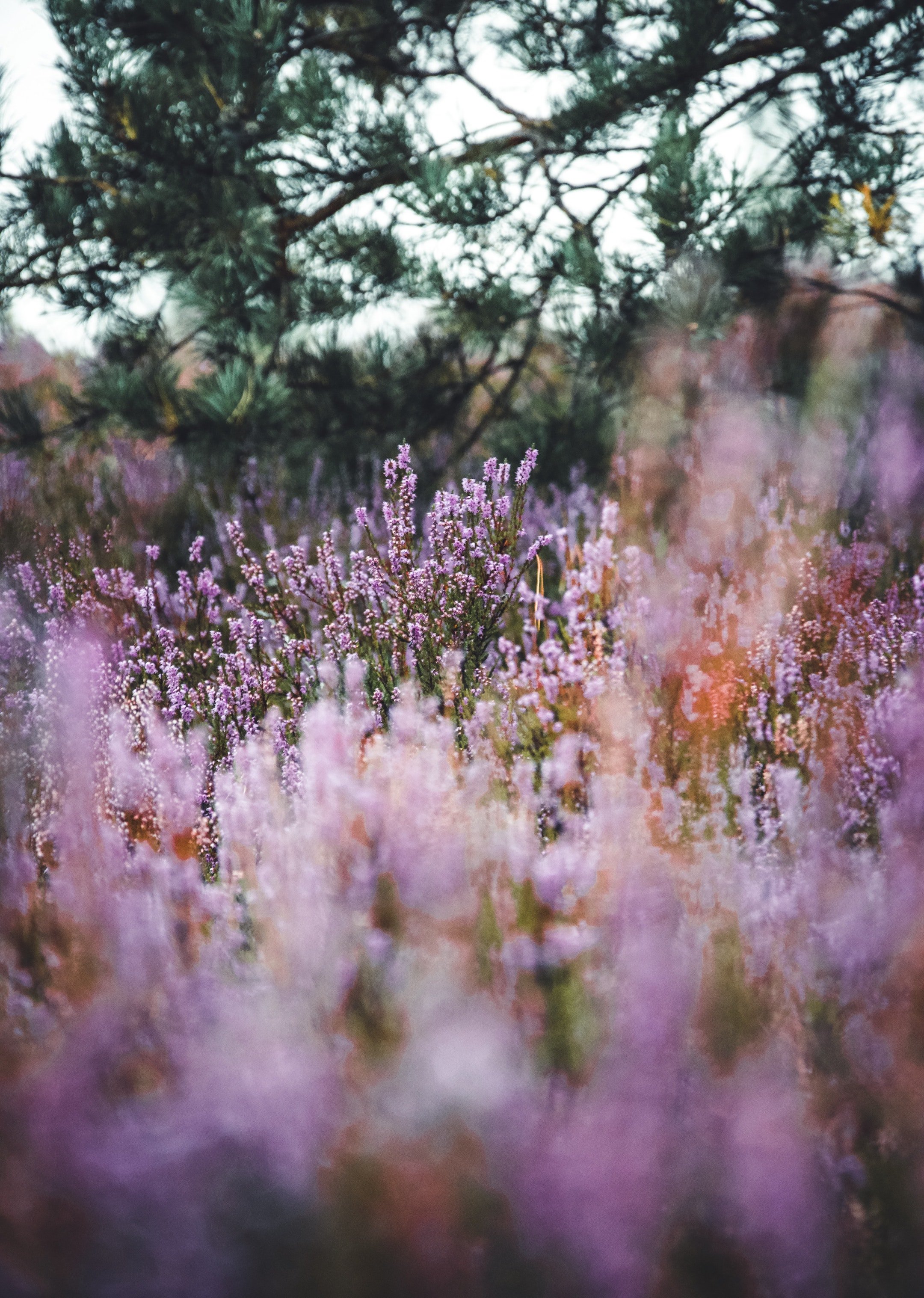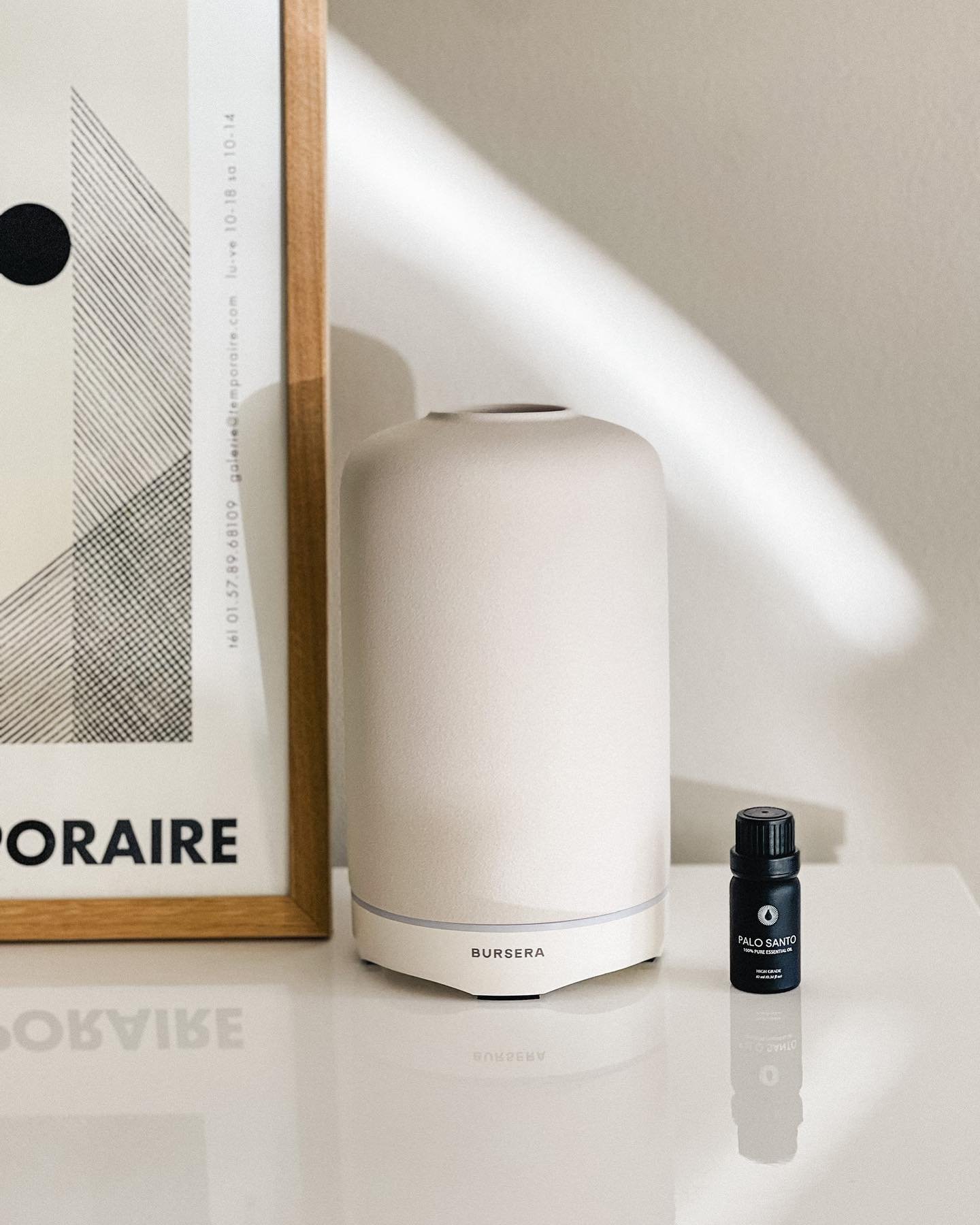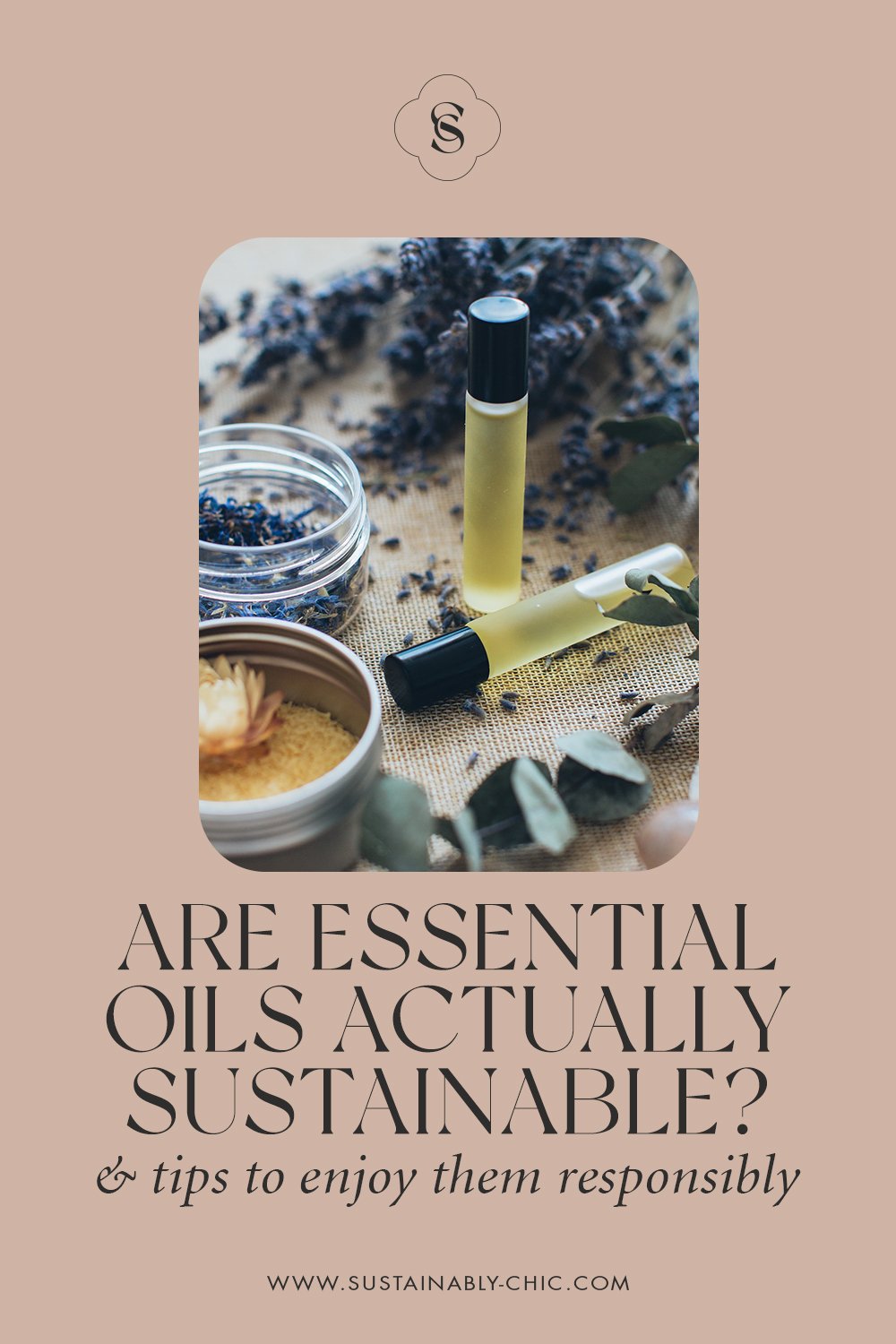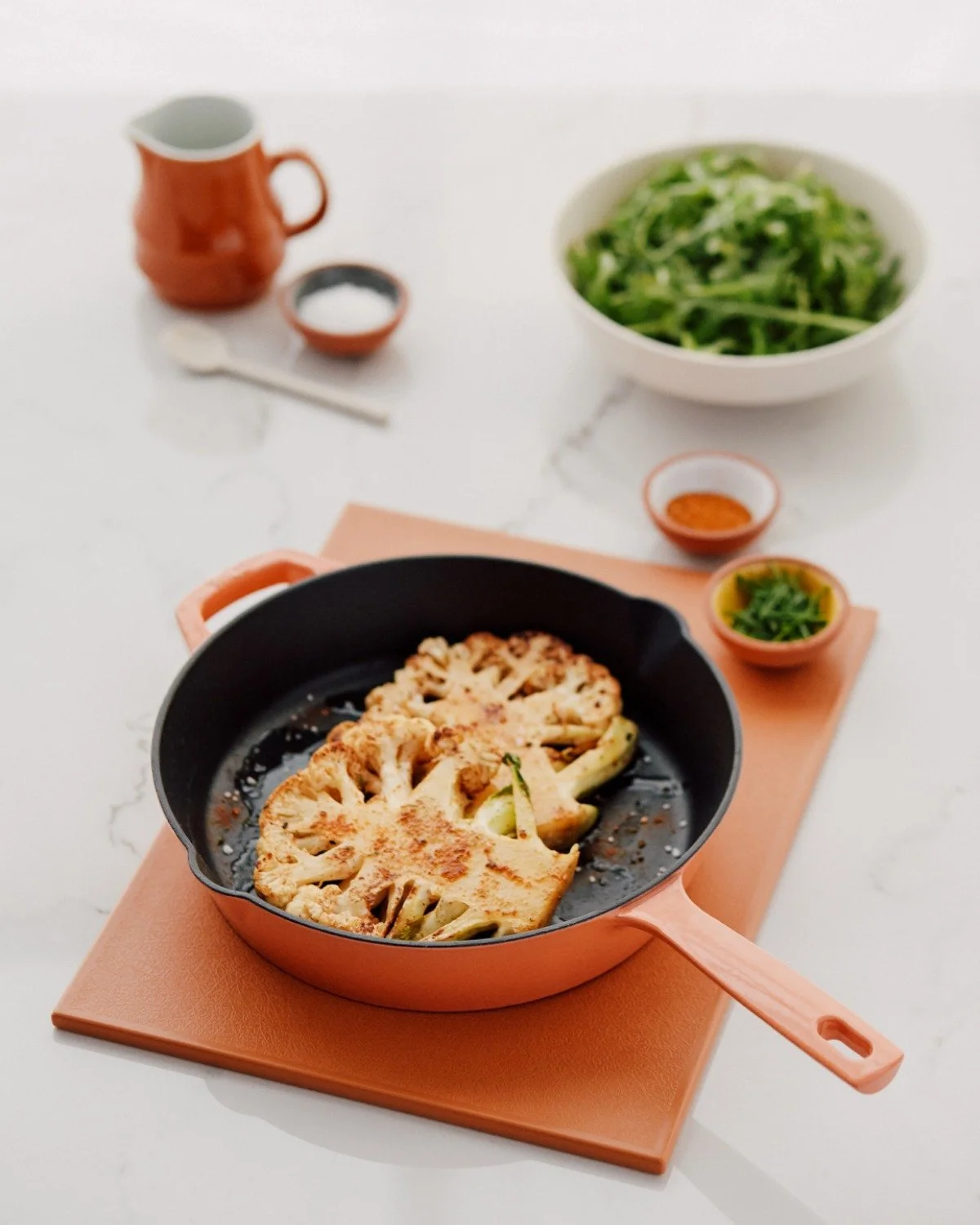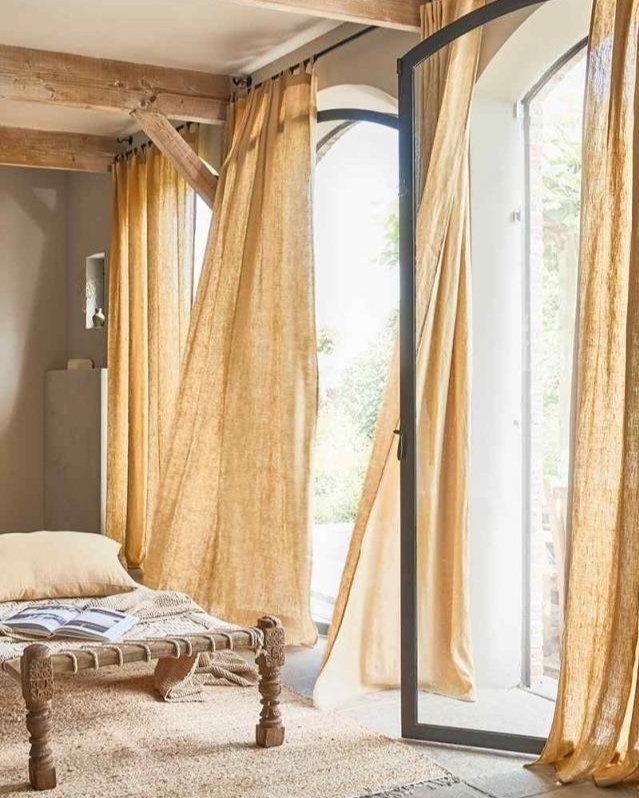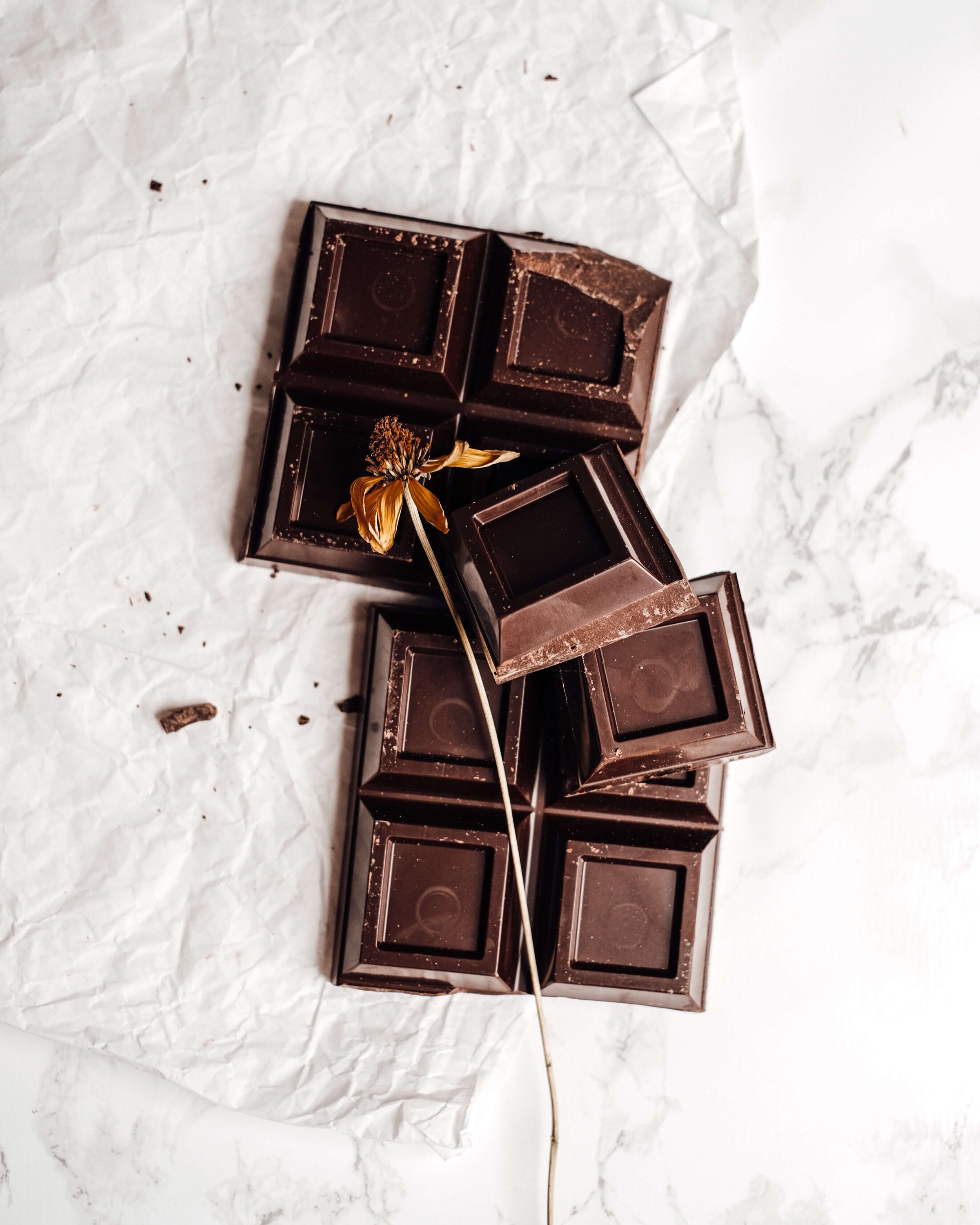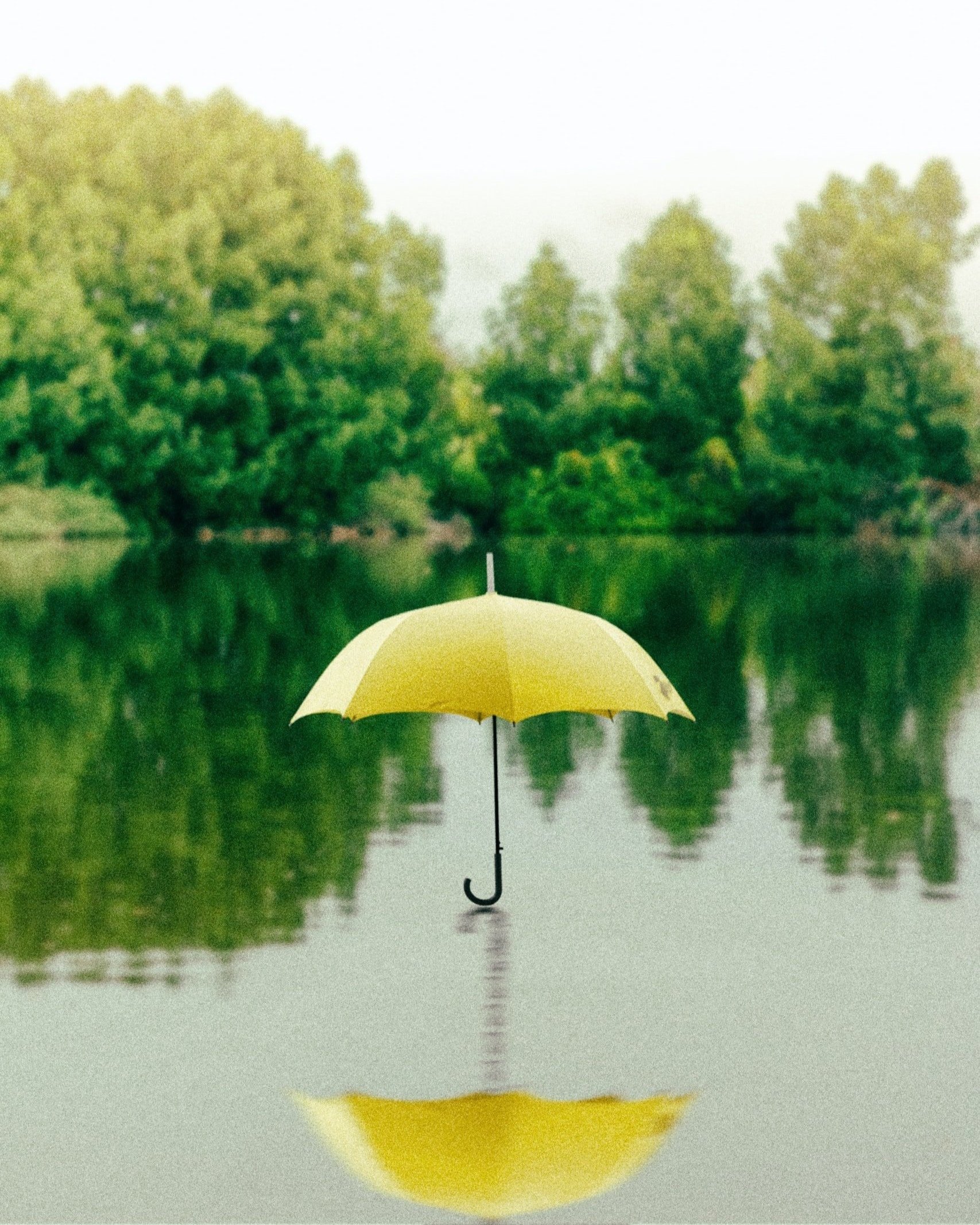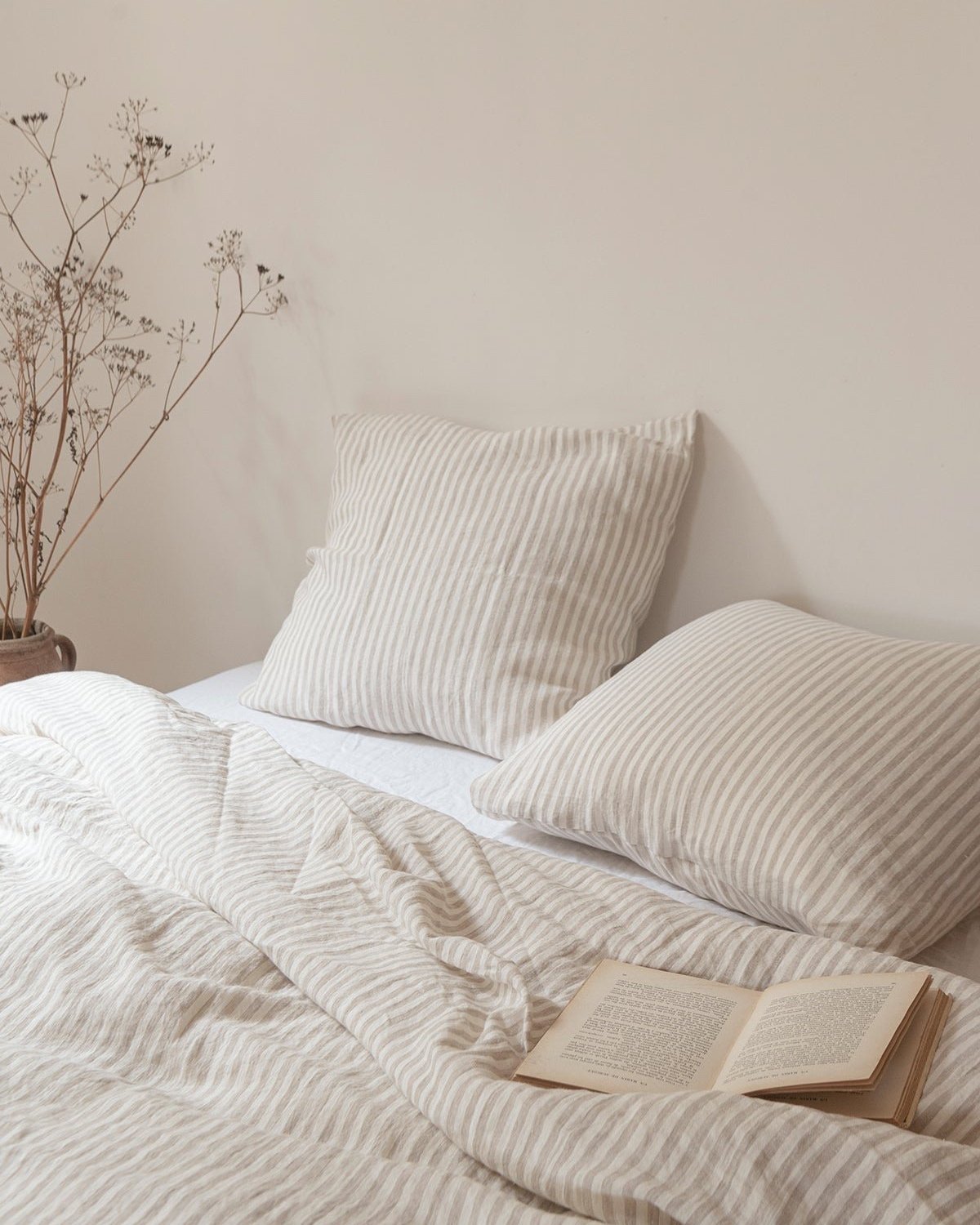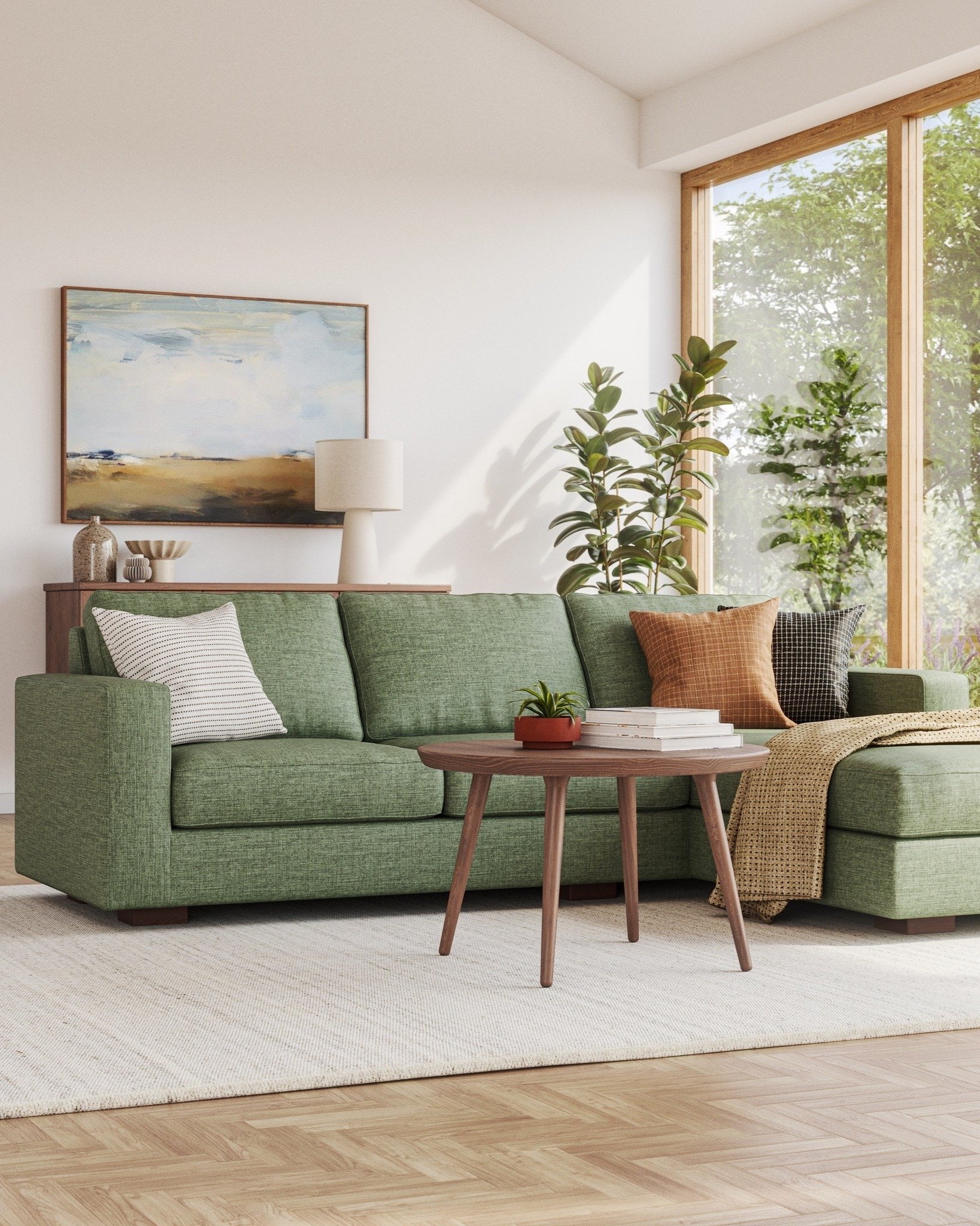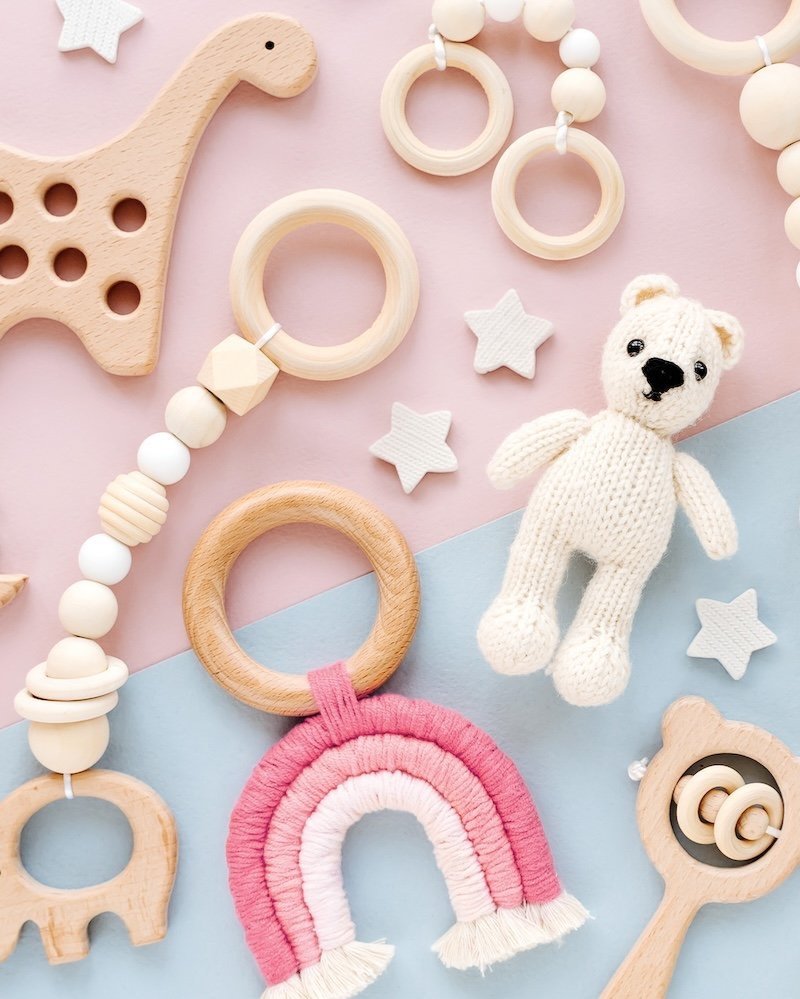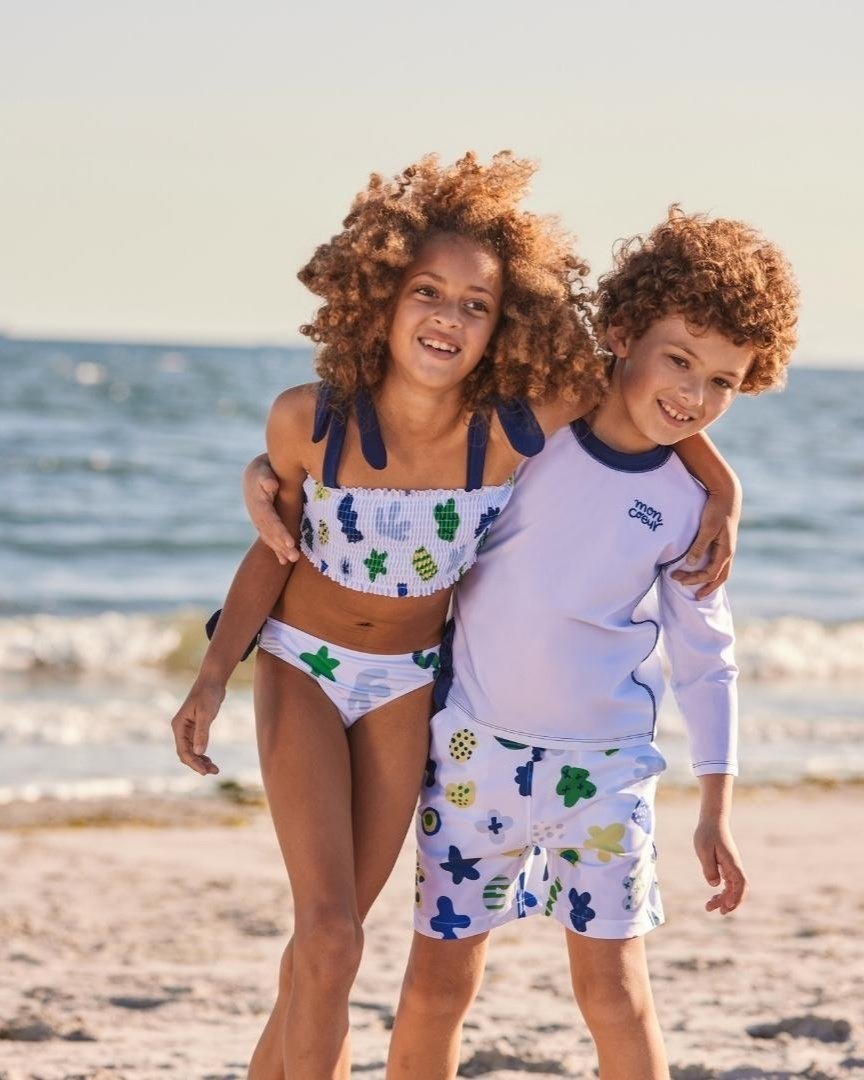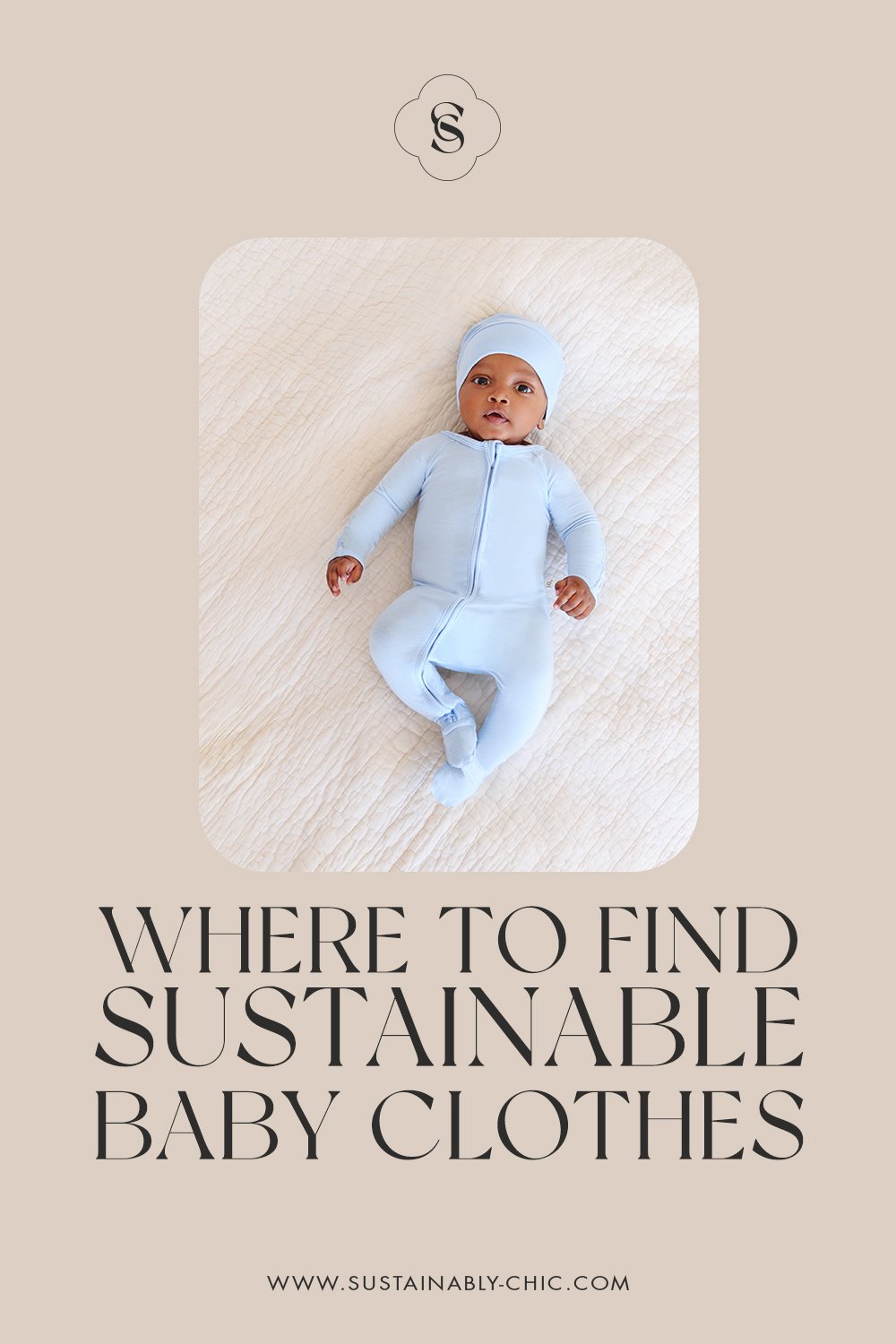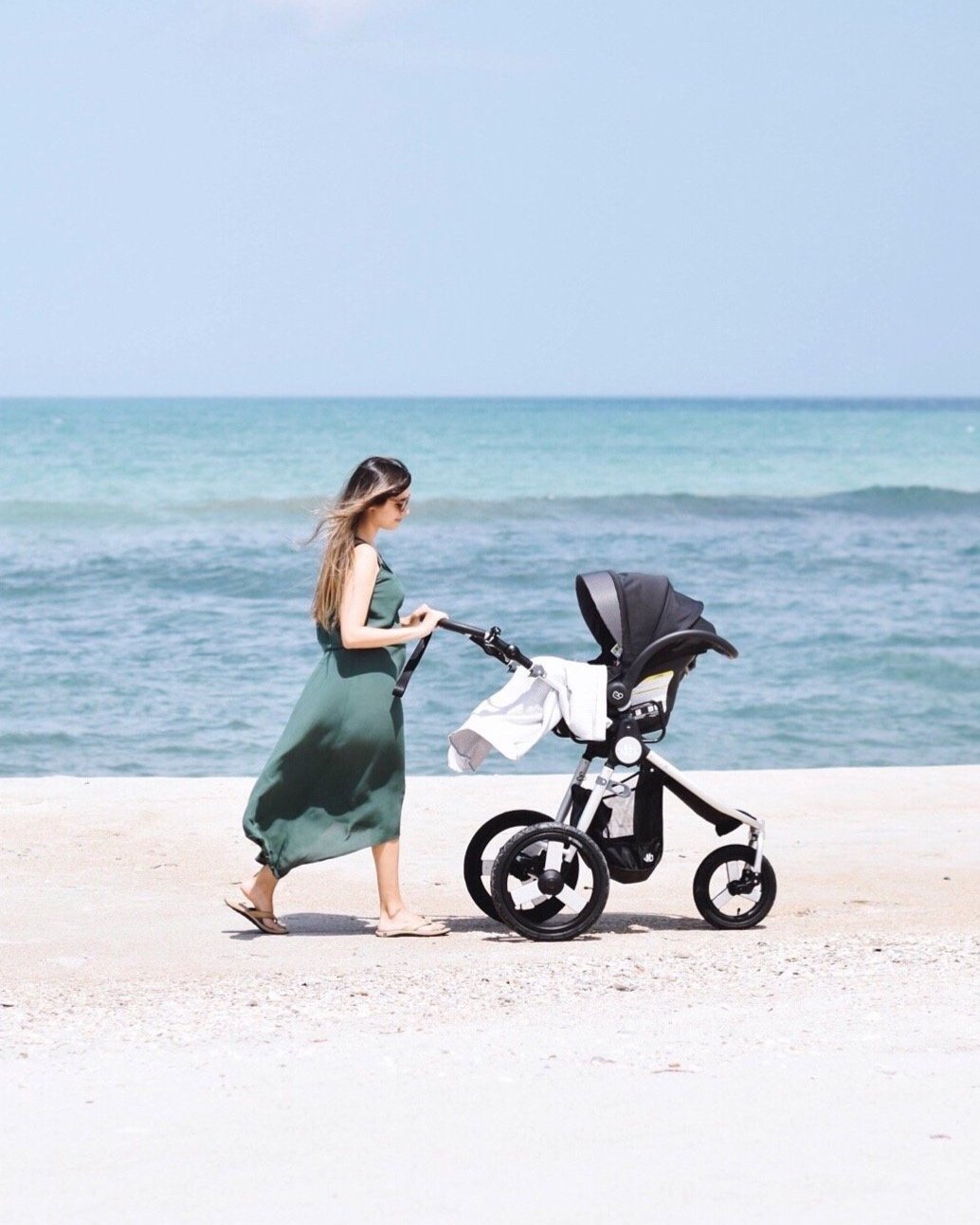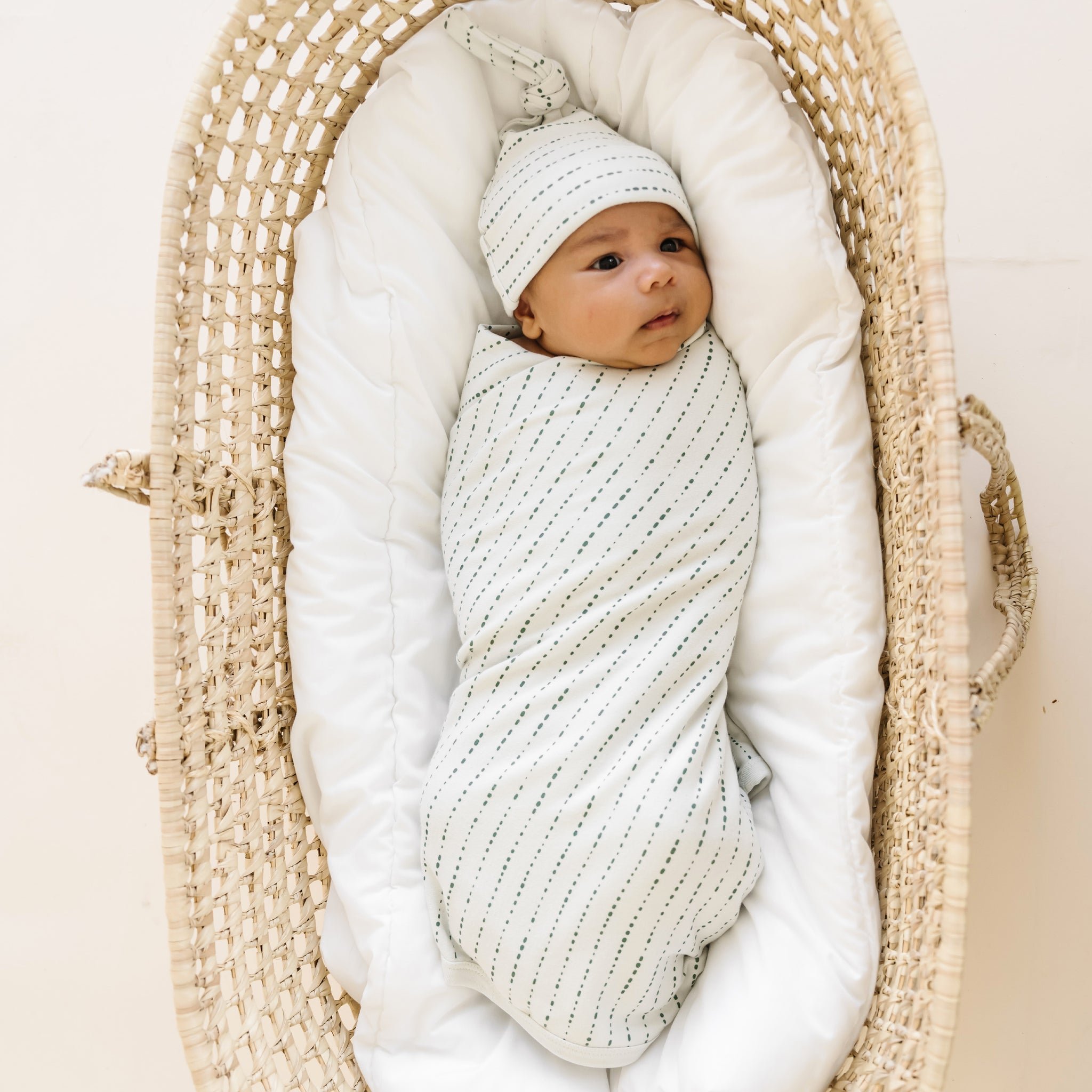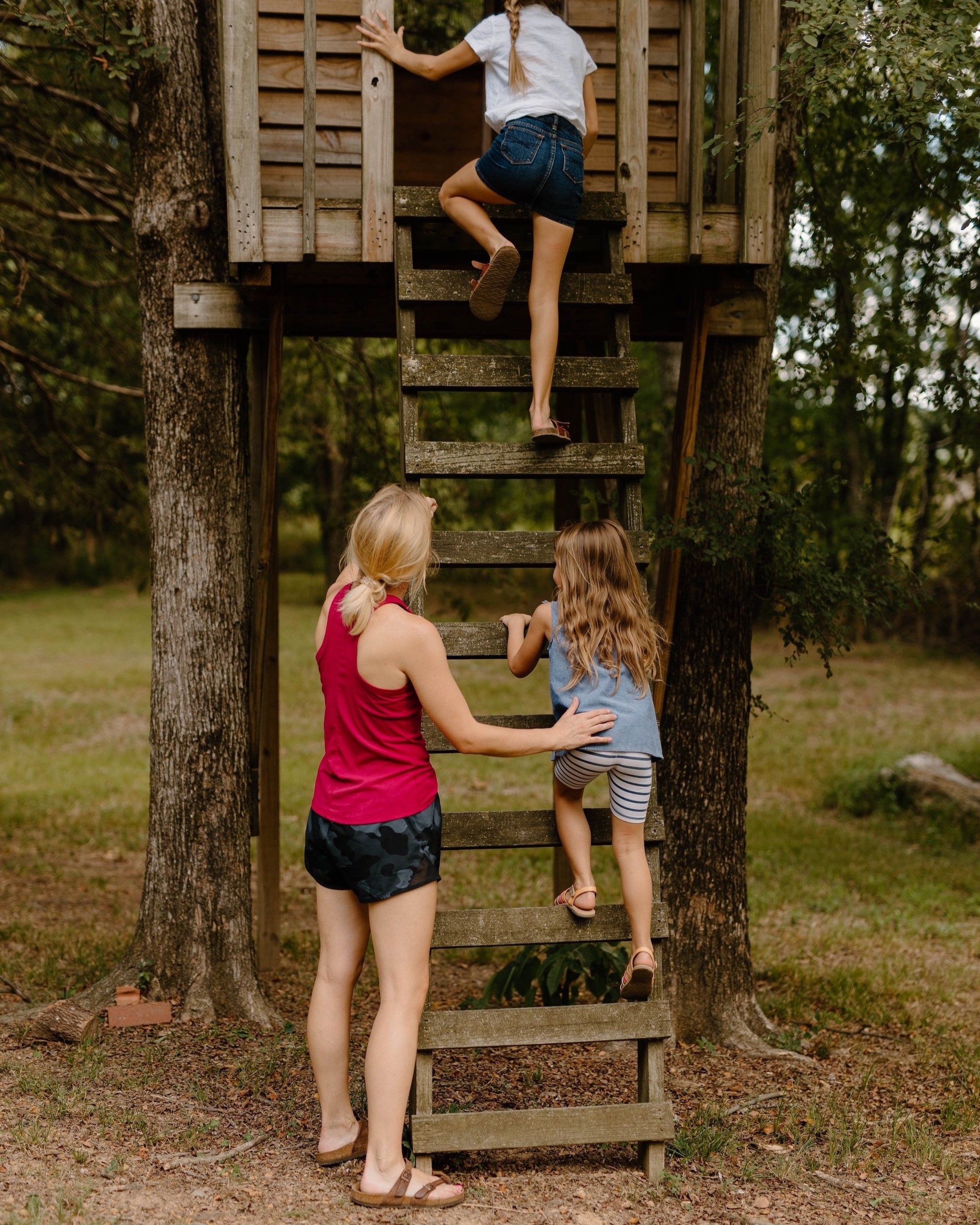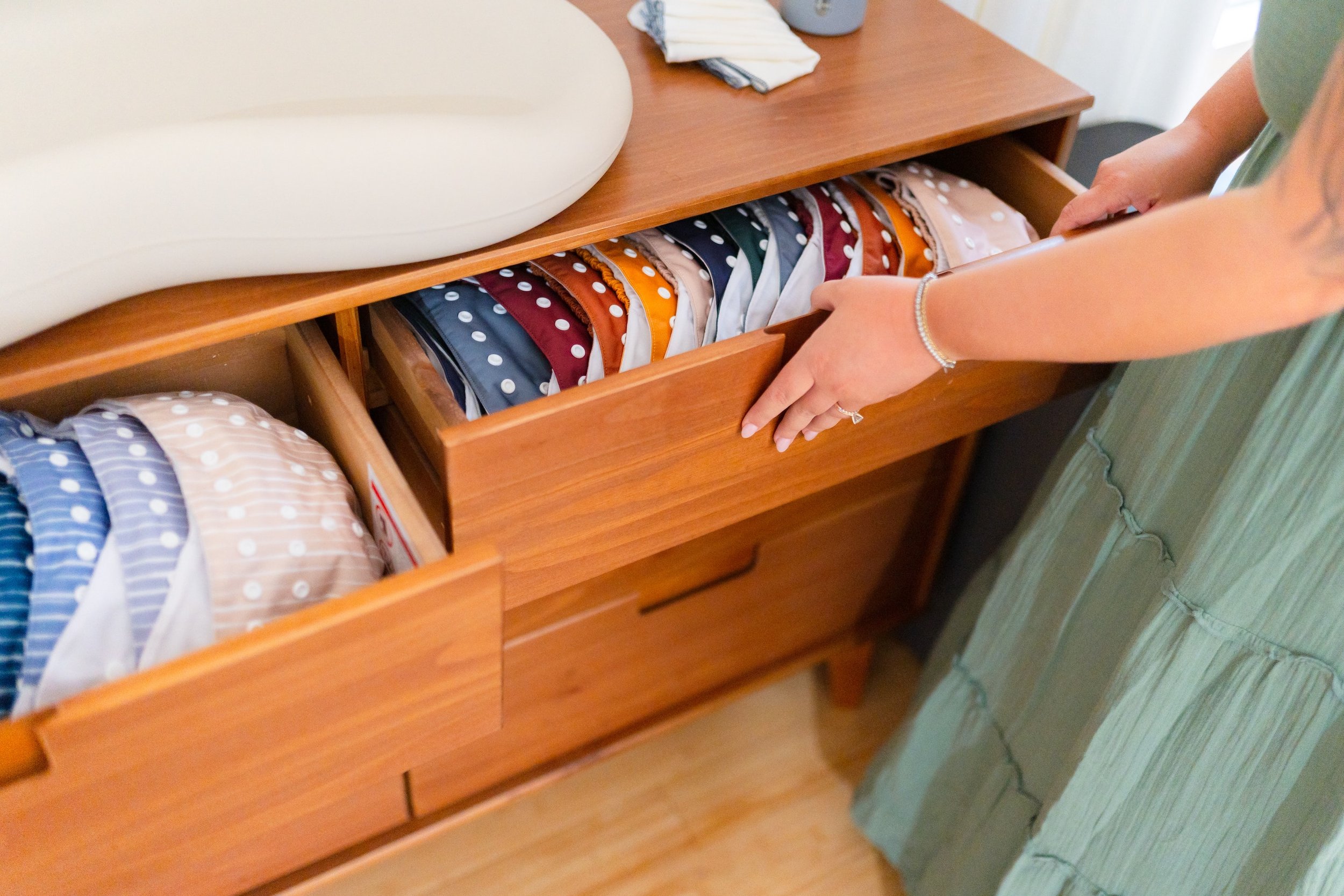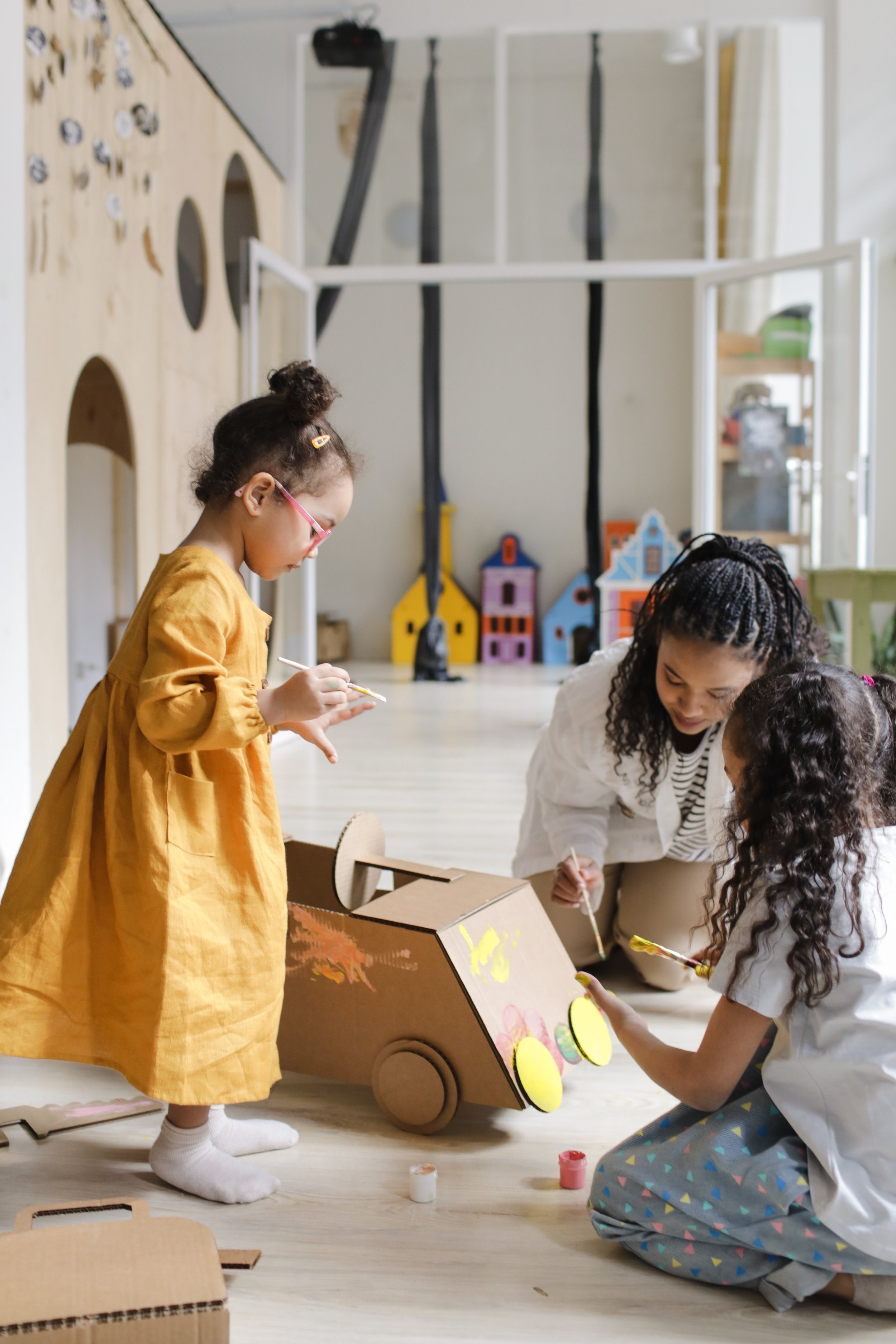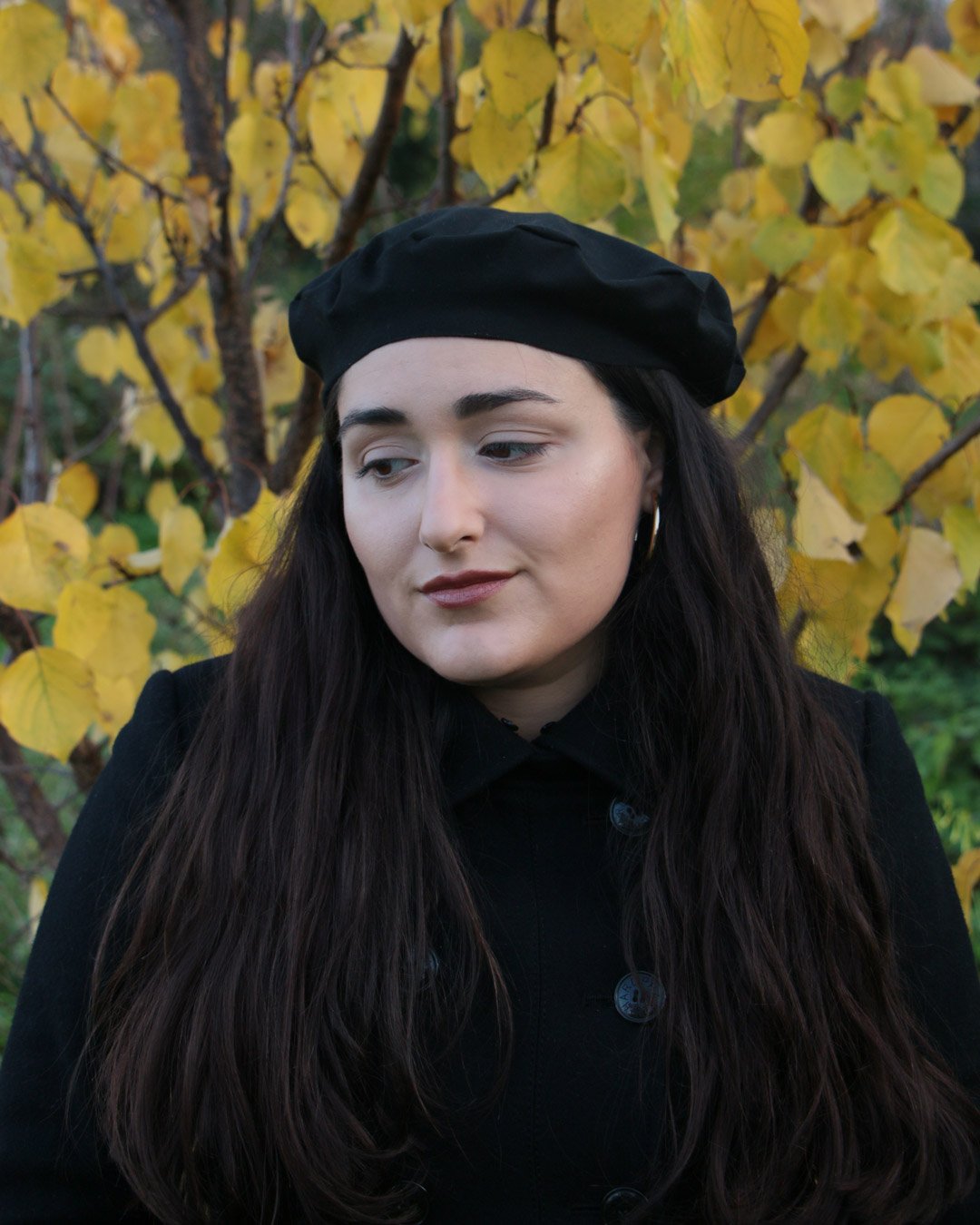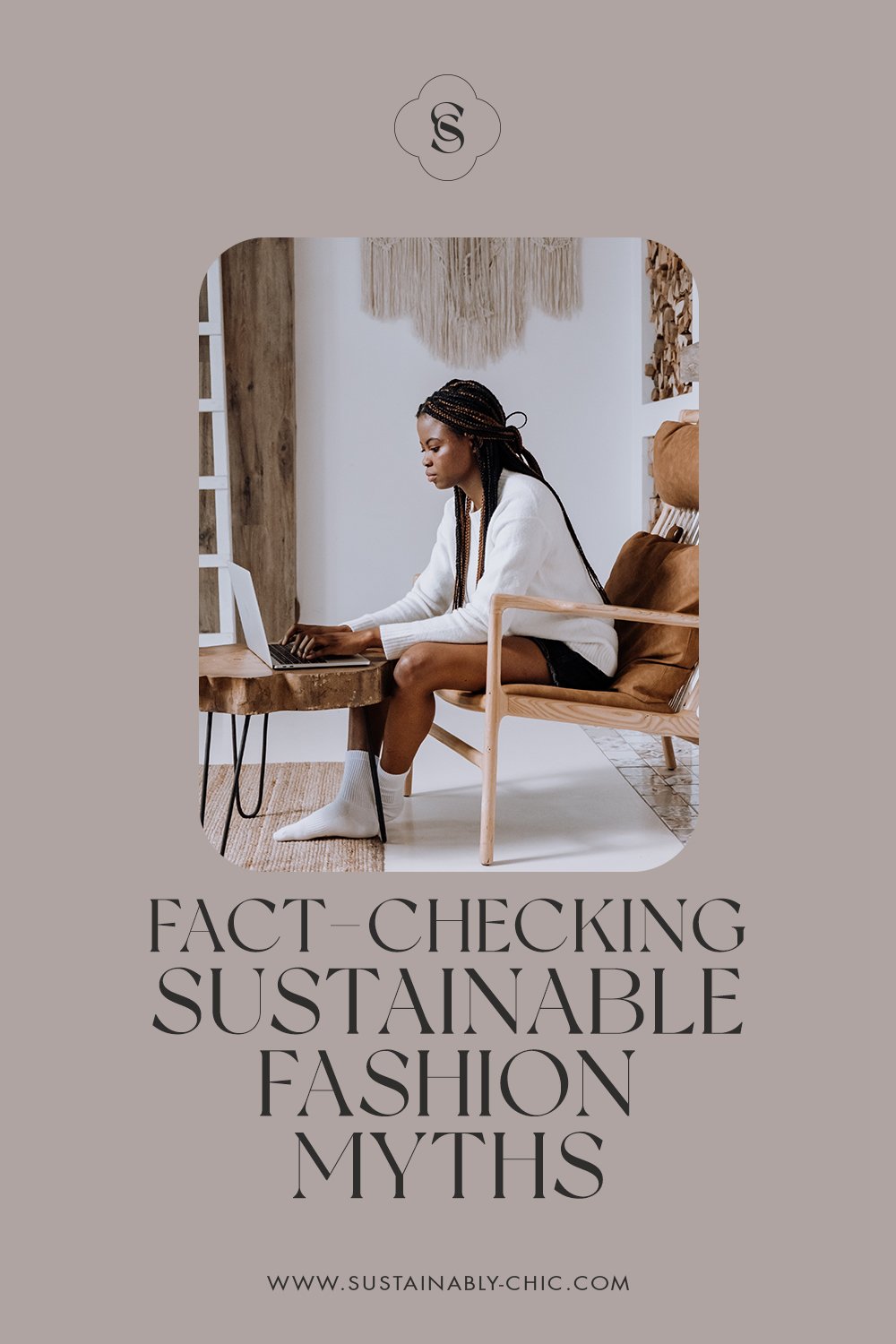Image: Girlfriend Collective
Disclosure: Some of the links below are affiliated; we may earn a small commission if you click through and make a purchase. We only ever add brands & products we truly believe in. Thank you for supporting the brands who are making the fashion industry a better place!
THE BEST SUSTAINABLE, SIZE-INCLUSIVE & Plus Size CLOTHING BRANDS
Nowadays, 68% of American women wear a size 14 or above, the average being a size 16 or 18. Yet, most fashion brands still top out at sizes 12 to 14!
Fortunately, things are slowly changing, and brands are starting to understand that they need to extend their size range to represent all body shapes and sizes.
They have realized that it makes more sense from an ethical and economic standpoint to stop excluding such a large part of the population.
However, there is still a lot of room for improvement! When we are a size 12 or above, it is still difficult to find clothes that properly fit and flatter us.
But what if we also want to live according to our values and make more sustainable choices?
Thankfully, many ethical clothing brands have made size inclusivity their priority! In this article, we have selected 15 of the best sustainable, size-inclusive clothing brands, so that you can buy clothes that you love and that love your body and the planet in return.
No matter our size, we deserve to have clothes that fit and flatter our bodies, clothes that make us feel confident and beautiful!
WHAT IS A SIZE-INCLUSIVE BRAND?
A size-inclusive brand sells clothes that fit and complement a wide variety of body sizes and shapes.
It means that a size-inclusive brand does not only make clothing for people with “straight sizes” (sizes 0 to 12) as most fashion brands do. It also offers many larger sizes!
There are many definitions of a size-inclusive brand, and there is no unanimous answer to how far the brand should go in terms of size offerings.
In an ideal world, it should offer clothes for ALL sizes.
The brands we’ve selected in this article are not perfect (no brand can be perfect!), but they create clothing in a very wide range of sizes. They at least have sizes XS to 3XL, but many go much further (some to 6XL!).
WHAT MAKES A CLOTHING BRAND SUSTAINABLE?
In addition to being size-inclusive, the clothing brands we picked for this article are sustainable. It means that they have taken steps to minimize their environmental footprint.
For instance, they use eco-friendly materials such as organic cotton, recycled polyester, linen, or TENCEL lyocell. They also color their clothes using low-impact, non-toxic dyes.
Sustainable clothing brands produce their clothes using sustainable manufacturing processes, and they try to minimize their water consumption and textile waste. They also ensure their products are built to last so that we can wear them year after year.
What’s more, sustainable brands are usually ethical and transparent about their supply chain and how they make their clothes. They make sure all their workers are paid fair wages and work under safe and healthy conditions.
Generally, look for brands that received third-party certifications, such as GOTS, B Corp, Fairtrade, OEKO-TEX, or Climate-Neutral.
NOW, OUR TOP PICKS FOR SUSTAINABLE, SIZE-INCLUSIVE CLOTHING BRANDS
1) Girlfriend Collective
Size range: XXS-6XL
Committed to creating activewear in all sizes, Girlfriend Collective has an unbelievably large size range!
From supportive sports bras to squat-proof leggings, all its pieces are available in sizes XXS up to 6XL.
The brand produces its clothing using high-quality recycled materials, like post-consumer recycled plastic bottles, fishing nets saved from the ocean, and fabric scraps.
The fabrics are also dyed with eco-friendly dyes and certified Standard 100 by OEKO-TEX, meaning that they are entirely free of toxic substances.
Girlfriend Collective makes sure everything is produced ethically and works with factories that received the WRAP or SA8000 certifications.
The company even donates the dye mud created during the dyeing process to a pavement facility to upcycle it into new roads!
2) Printfresh
Size range: XXS to 6X
Printfresh is a sustainable sleepwear brand making unique pajamas and loungewear in sizes XXS to 6X for women who love bold prints and patterns.
Its designs are inspired by plants and animals, and they will all brighten your day, or shall I say night! You get to choose from many whimsical prints, including adorable snoozing sloths, fun mushrooms, stunning leopards, beautiful flowers, and stars.
Printfresh’s sleepwear is made of organic cotton and designed for ultimate comfort. The brand offers cute styles ranging from stylish robes to short sets.
The company also upcycles its scrap materials, and it works with a Sedex-approved factory that makes sure to recycle and reuse its wastewater.
Printfresh ships its pajamas in 100% recycled mailers, and it even joined Pledge 1% to support different non-profit organizations.
3) Altar
Size range: XS-6XL
Altar is a sustainable lifestyle brand that creates high-quality clothing pieces using deadstock materials. The company is incredibly size-inclusive as its sizes range from XS to 6XL.
You can even send your body measurements before ordering so that Altar can make the pieces according to them (if your size is not available on the website). Plus, the brand can do custom alterations if the clothes you buy don’t fit you perfectly!
Altar’s clothes are handmade in the United States using ethical and sustainable manufacturing practices.
Since they are made with deadstock fabrics, they are produced in small runs, which limits overproduction and waste. The brand also reuses its scrap materials to create accessories, and it recycles any unusable scraps.
4) Unspun
Size range: Custom
Unspun creates custom-fit jeans and denim shorts for women and men who want to have a perfect-fitting pair of jeans that is also sustainably made. From waist to stitch, you choose your fit and customize the details, and then, the brand crafts it according to your body shape and measurements.
Since the jeans are made-to-order, they are very comfy to wear and flattering, and you are more likely to love and wear them for a long time!
It also means that Unspun has no inventory, which prevents overproduction and eliminates the risk of having unsold pieces.
The company is also a B Corp, and it works with partners who use OEKO-TEX or Bluesign-certified chemicals, recycle the water they consume, and use energy- and water-saving technology.
5) The Standard Stitch
Size range: XS-5X
The Standard Stitch is on a mission to craft clothing basics that are gentle for the planet and our bodies. Its t-shirts and loungewear feature timeless silhouettes and are very versatile thanks to their seasonless styles. You will love that all the brand’s styles and colors are sold in sizes XS to 5X!
From its fabrics down to its labels and drawcords, The Standard Stitch makes everything using only recycled or organic materials, like organic and recycled cotton.
The fabrics are also colored using low-impact, non-toxic dyes, so you can safely wear them.
The company has a hyper-localized supply chain: all its pieces are made around Los Angeles, and it works with vendors certified by GOTS, OEKO-TEX, Bluesign, FSC, and GRS.
The Standard Stitch also offsets its entire carbon footprint, and it collects its fabric scraps to turn them into new materials!
6) Universal Standard
Size range: 4XS-4XL
Striving to be one of the most size-inclusive fashion brands, Universal Standard creates all kinds of clothing pieces for women in sizes 00 to 40. The company ensures each one of its styles fits every body shape and size.
Although not all the fabrics Universal Standard uses are eco-friendly, many pieces contain sustainable materials. For instance, you can choose pieces made of linen, recycled cotton, or recycled polyester.
The brand also focuses on making high-quality clothes designed to last season after season.
Plus, if your size changes (within one year), Universal Standard will replace your pieces and send your new size for free! Any returned clothing is donated to charities so it does not go to waste.
7) Known Supply
Size range: XS-4XL
From tops and bottoms to dresses and accessories, Known Supply crafts Fair Trade-certified apparel for women and men in sizes XS up to 4XL.
The brand makes using sustainable materials its priority. For instance, the majority of its clothing is made from GOTS-certified organic cotton, but you can also find pieces made of recycled polyester. It even has some winter accessories made from Polylana fiber, which is an eco-friendly wool-like alternative to acrylic!
Each of Known Supply’s pieces is signed by the maker who crafted it, and you get to learn more about them on the brand’s website, which is really cool!
Plus, the company is a certified B Corporation, meaning that it meets the highest standards of social and environmental performance.
8) MATE the Label
Size range: XS-3X
MATE the Label is a female-founded, sustainable brand creating everyday clothing essentials for women, men, and kids in sizes XS to 3X. It makes all its clothing and underwear using non-toxic dyes and organic, natural fabrics like TENCEL, linen, and organic cotton. The pieces are safe to wear as they are free of harmful substances such as endocrine disruptors and carcinogens. MATE the Label also produces all clothing within a 17-mile radius of its Los Angeles headquarters, which drastically reduces its carbon footprint!
The brand is Climate-Neutral certified and a member of 1% For The Planet, and it takes back worn-out pieces to recycle them. It even collects fabric scraps from its factories and incorporates them into new products!
9) Knickey
Size range: XXS-XXXL
Knickey is one of the most sustainable and size-inclusive underwear brands you can find!
It sells beautiful underwear, bralettes, socks, and even maternity briefs, available in various colors and in sizes XXS to XXXL.
All the pieces are made of GOTS-certified organic cotton, which means that they are super soft and breathable.
The perfect combination when it comes to undies!
Knickey’s products are all Fair Trade and OEKO-TEX certified, so you know they are both ethically made and free of harmful substances like carcinogens and endocrine disruptors.
The company is also Climate-Neutral certified, and it ships everything 100% plastic-free. It even has a recycling program, so you can send your worn-out undies back to recycle them!
10) Christy Dawn
Size range: XS-3X
Christy Dawn creates beautiful, timeless dresses and wardrobe staples using eco-friendly fabrics. Many pieces feature stunning floral patterns, and most have very feminine cuts and silhouettes. If you love the cottagecore style, this brand is made for you!
Christy Dawn crafts its pieces using sustainable materials, including organic or regenerative cotton, and colors them using natural, organic dyes.
The brand also has an entire collection of clothes made from deadstock fabric that would have otherwise been discarded in a landfill!
It even launched an initiative that promotes regenerative agriculture and traditional, organic farming techniques. The unique pieces created through it are designed using block printing and colored with vegetable dyes.
With sizes ranging from XS to 3X, the company’s pieces complement every body!
11) Outland Denim
Size range: XXS-XXXL (22-34)
Founded as an avenue for victims of sexual exploitation to find a safe, dignified job, Outland Denim has become one of the most ethical clothing brands you can buy denim from!
Its mission is to clean up denim’s dirty reputation by bringing to the world sustainable denim pieces for both men and women. You can choose between various styles of jeans, shirts, hoodies, dresses, and many more, all available in sizes XXS up to XXXL.
Outland Denim’s pieces are made of GOTS-certified organic cotton or recycled cotton, and they are dyed using natural indigo, as well as organic and non-toxic dyes.
The brand is also a B Corp, and if you pick one of its pairs of jeans, you will find a special message printed on the pocket lining from the seamstress who made it!
12) Warp + Weft
Size range: XS-3XL (00-24)
Warp + Weft is a family-owned company creating sustainable jeans and other denim pieces including shorts, jackets, and overalls.
It even has a maternity line!
The brand designs its pieces in sizes XS to 3XL using a combination of certified cotton and recycled or regenerative fibers, like TENCEL.
Its cotton is sourced locally from the United States to minimize its carbon footprint.
What sets Warp + Weft apart is that its pairs of jeans only take less than 10 gallons of water to be made, compared to 1,500 gallons for a traditional pair of jeans. The difference is huge!
The company also recycles 98% of the water it consumes, and it skips the harmful bleaching process by using cutting-edge technology to make its pieces.
13) Threads 4 Thought
Size range: XXS-3X
Threads 4 Thought crafts incredibly comfortable loungewear and activewear for each member of the family.
Available in sizes XXS to 3X, its pieces are very soft and made with sustainable fabrics, such as GOTS-certified organic cotton, recycled polyester, recycled nylon, and TENCEL modal produced from regenerated beech trees. Threads 4 Thought uses an innovative dyeing technology that eliminates all toxic chemicals and reduces water consumption in the dying process by 95%!
Its main factory also recycles 80% of all its industrial water, which is very high.
What’s more, the brand offsets the carbon emissions from all its products, so they are completely carbon-neutral.
14) Able
Size range: XXS-3X
Able is on a mission to create beautiful wardrobe staples that empower women, both those who made them and those who wear them. It was initially founded to provide dignified jobs to women in Ethiopia who were coming out of the commercial sex industry.
The brand has a very large selection of clothing in sizes XXS to 3X, shoes, and handmade jewelry. Note that it plans to extend its size offerings to 5X by the end of the year. Able even allows you to swap sizes on select styles if your size changes!
All the pieces are thoughtfully designed with sustainability, versatility, and high quality in mind, so you will be able to wear them for a very long time!
15) Madewell
Size range: XXS-6X
Madewell is probably the least sustainable brand on this list, but its impressive size offerings and the steps it has taken to be more eco-friendly made it worth including in this article.
Many of its clothes are designed in sizes XXS to 6X (not all of them though). The great thing about this brand is that you can find it in many malls across the United States, so you can try on its pieces there instead of ordering online and shipping them back if they don’t fit!
More than half of Madewell’s denim is Fair Trade certified, and 60% of the materials it uses are sustainably sourced. It has many pieces made from recycled cotton, BCI cotton, recycled plastic, and TENCEL lyocell.
Madewell’s clothing is also of good quality, and you can buy and sell pre-loved pieces on the brand’s second-hand marketplace!
About the Author
Eva Astoul is a French freelance writer, specializing in content related to sustainability, simple living, and a growth-focused healthy lifestyle. She runs her own blog, Green With Less, to inspire people to live a more minimalist and sustainable life.
MAKE SURE TO PIN THE PHOTO BELOW TO SAVE THIS POST FOR LATER!
WANT MORE SUSTAINABLE BRANDS? VISIT OUR BRAND DIRECTORY!
Our Brand Directory is home to hundreds of sustainable brands, from makeup to cleaning supplies, from underwear to shoes. We have broken everything down by category for easy shopping, along with discount codes unique to Sustainably Chic viewers.


